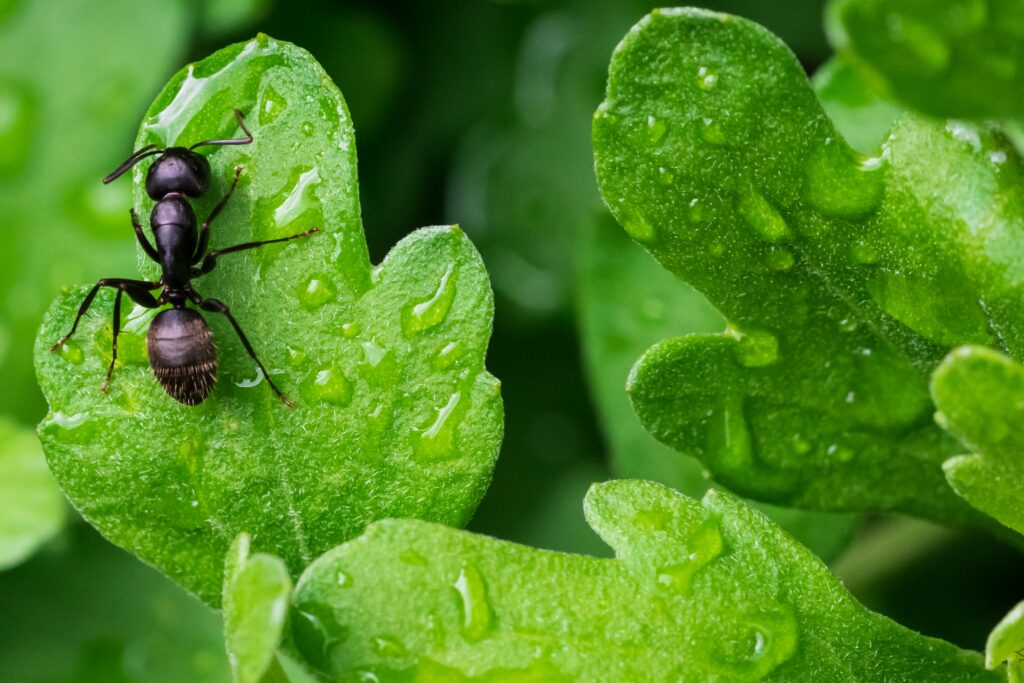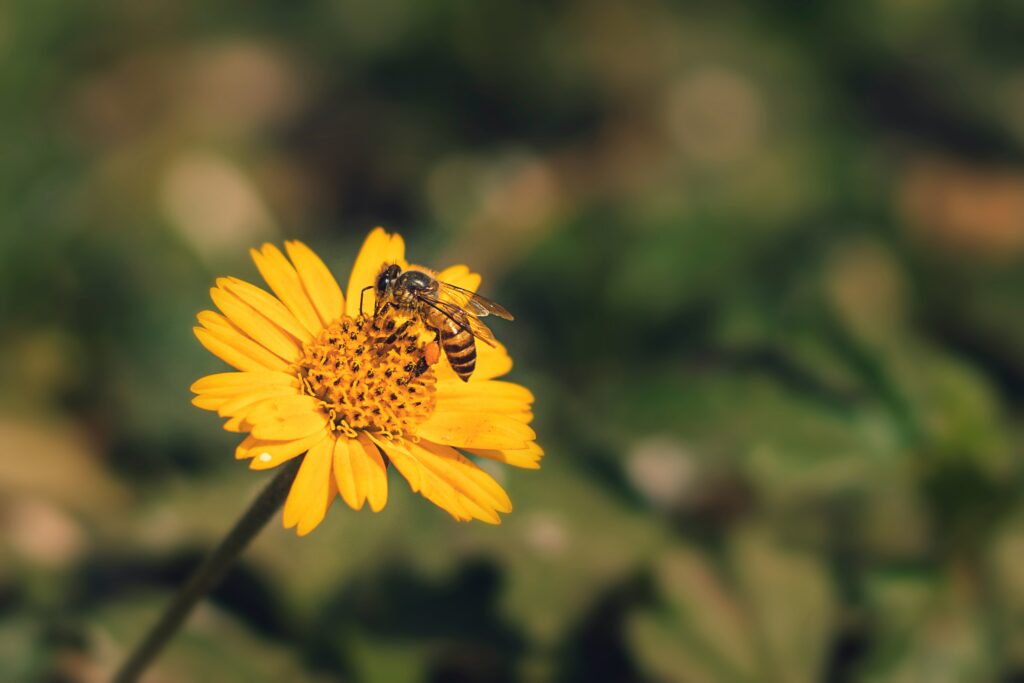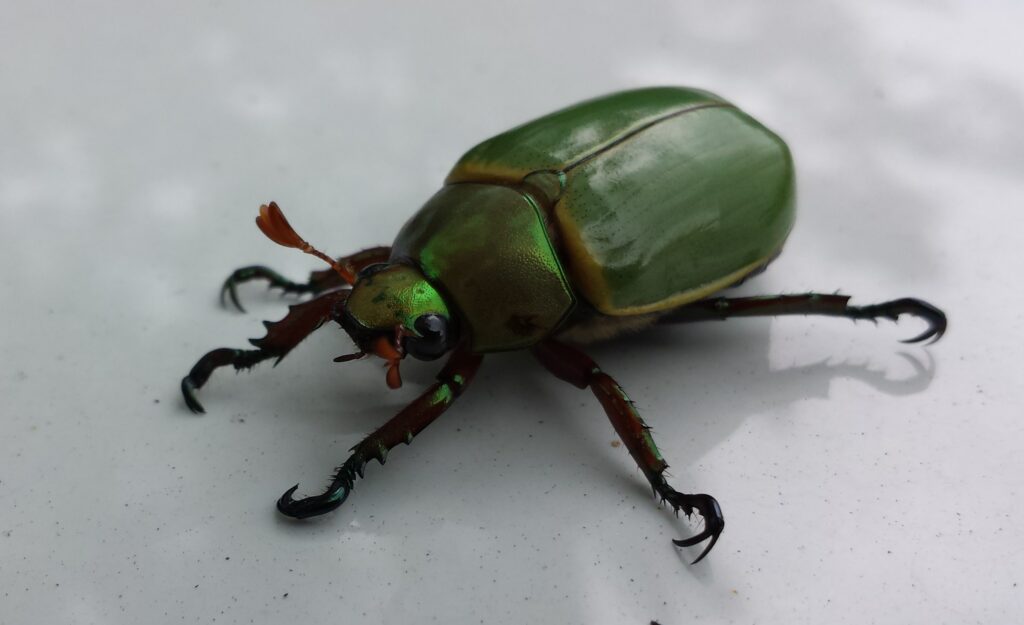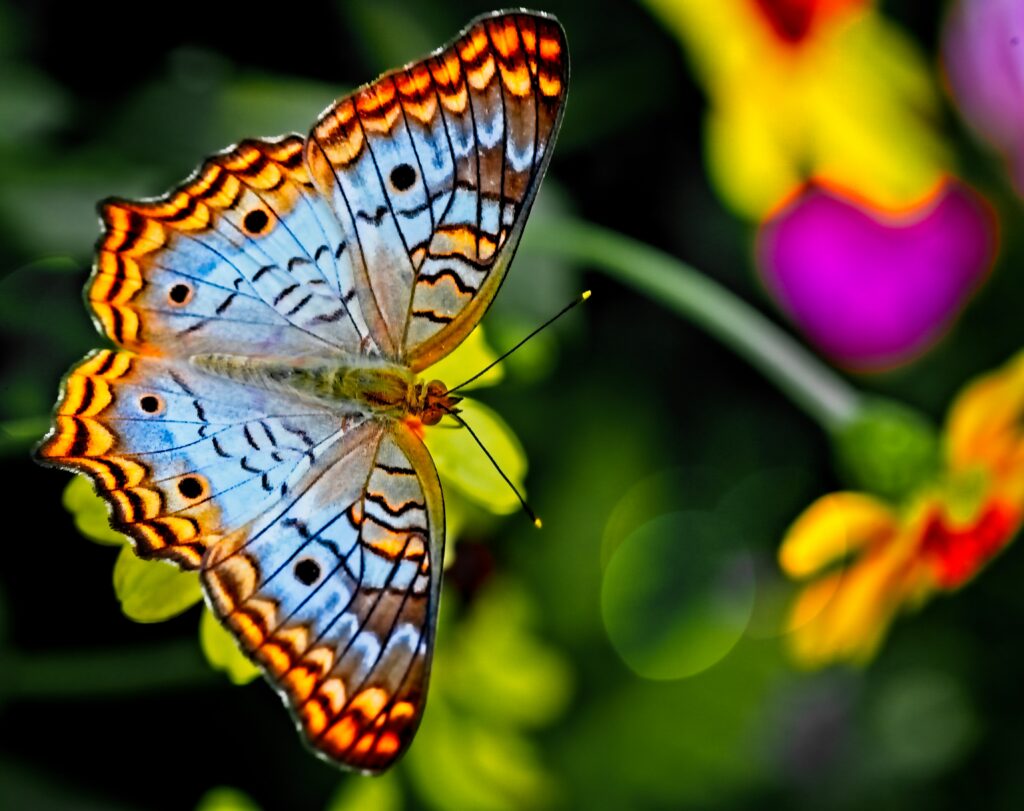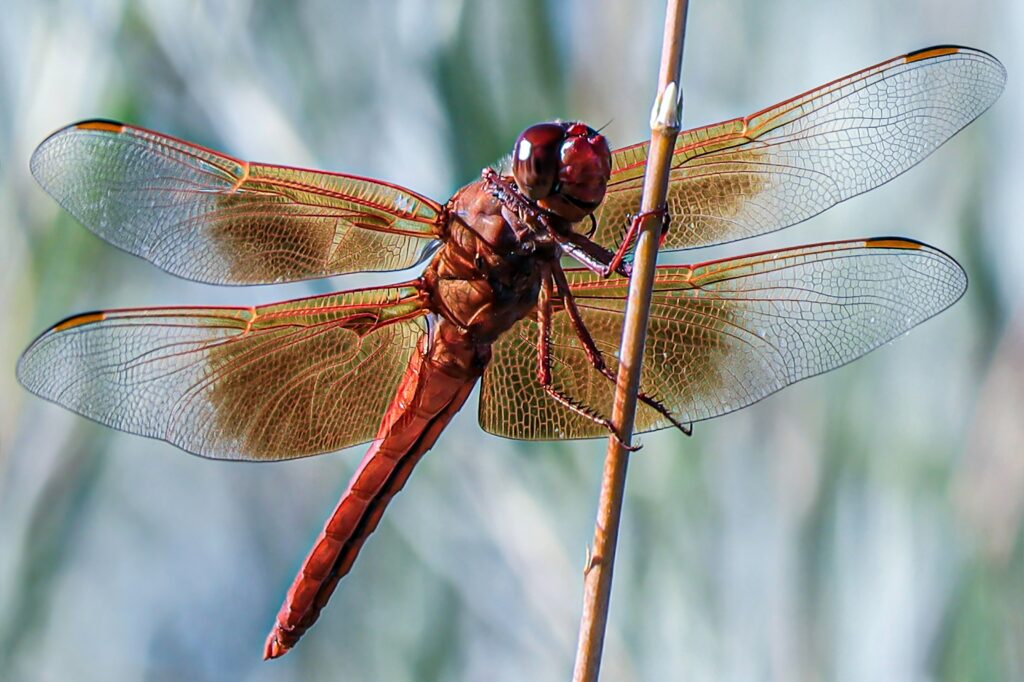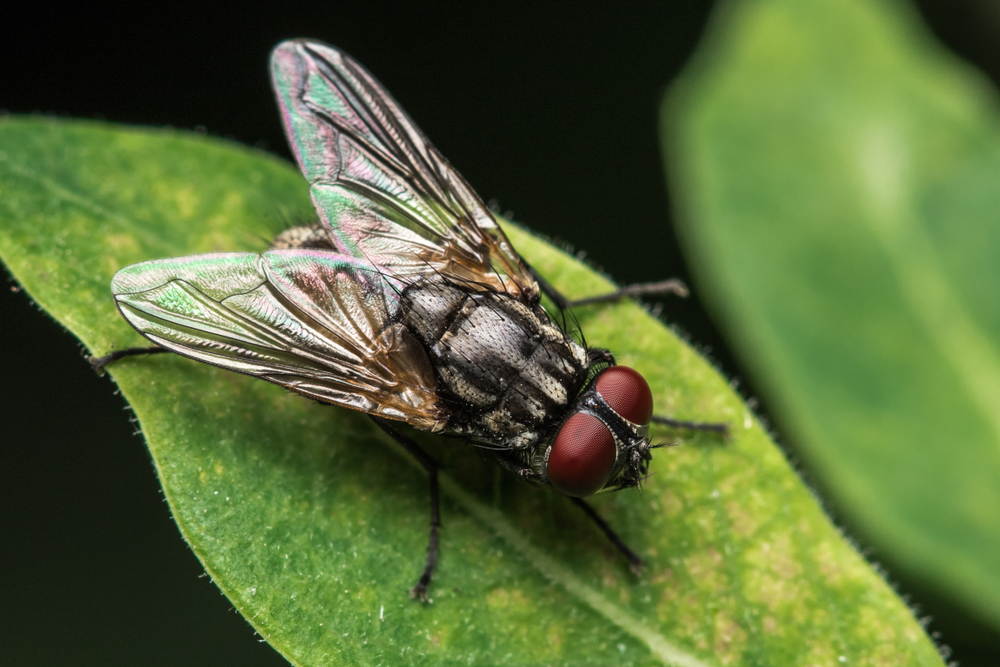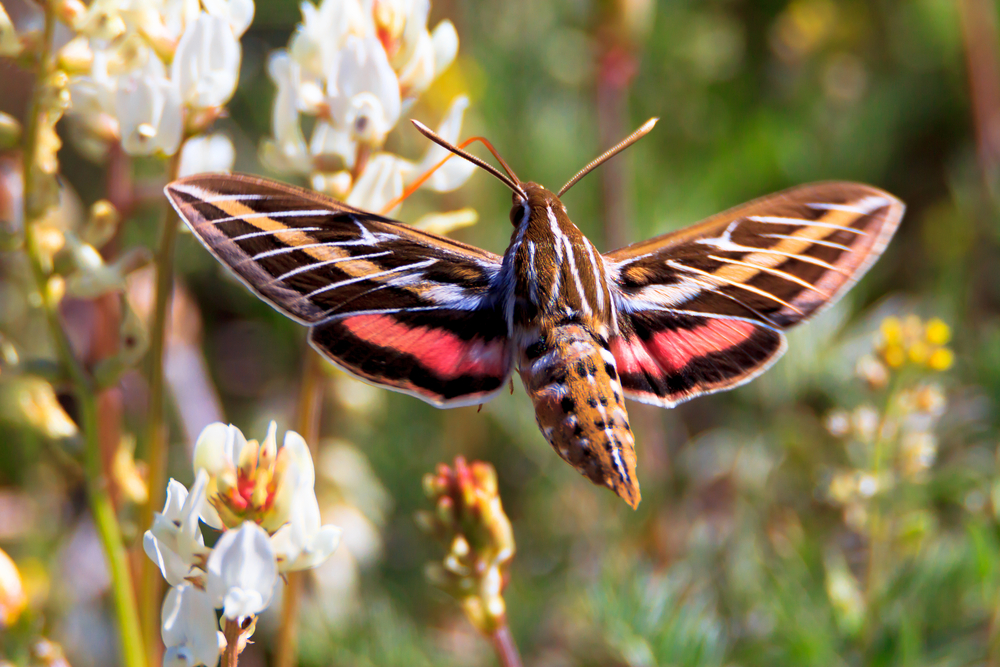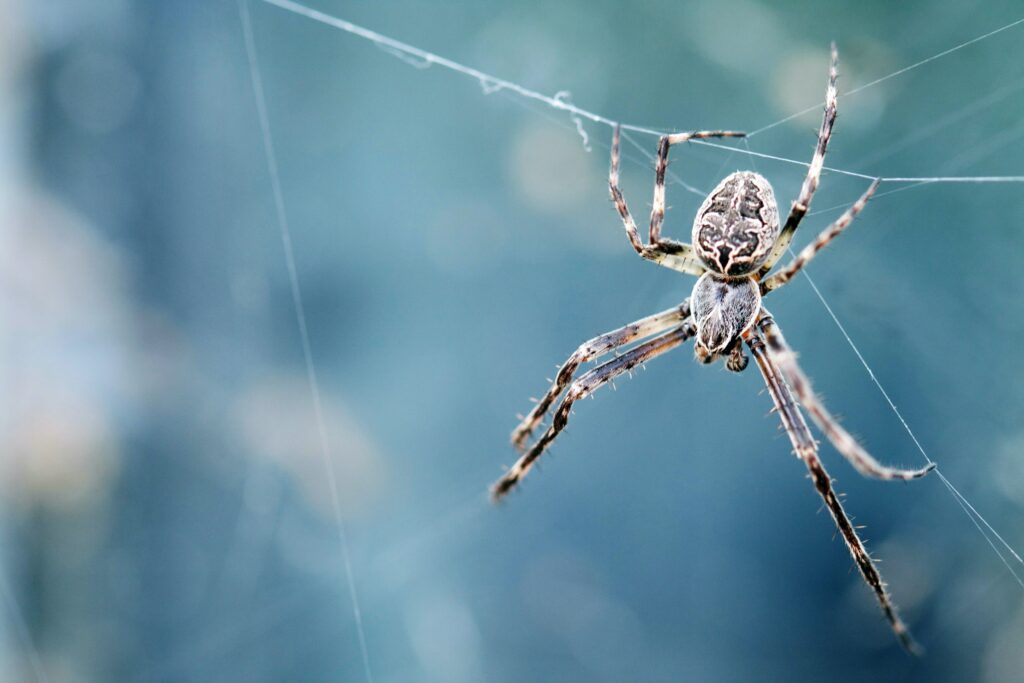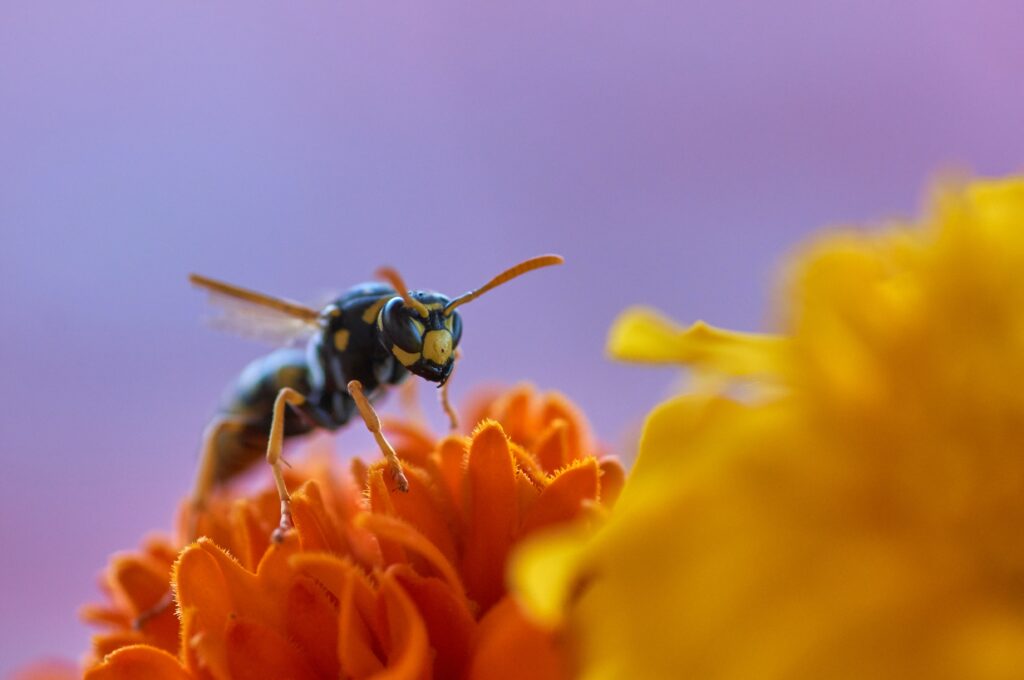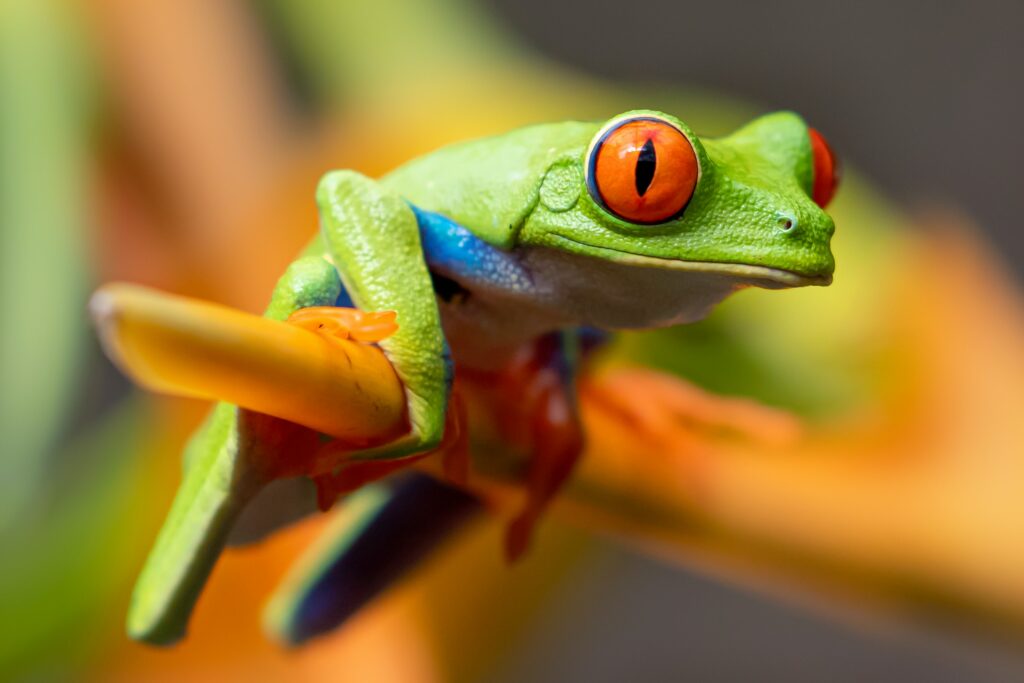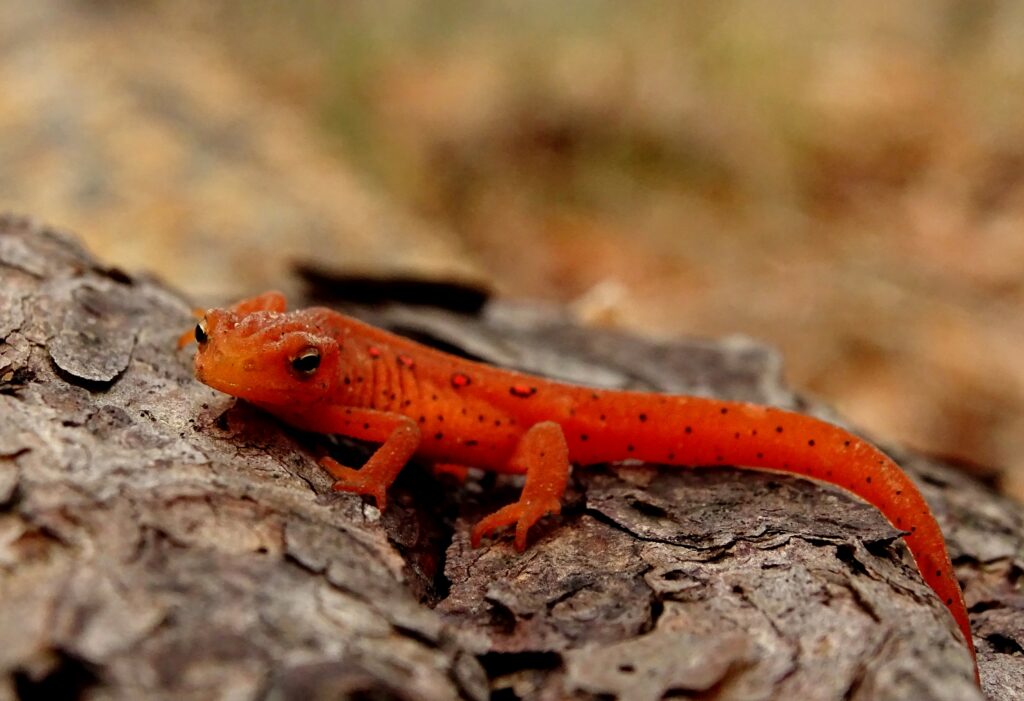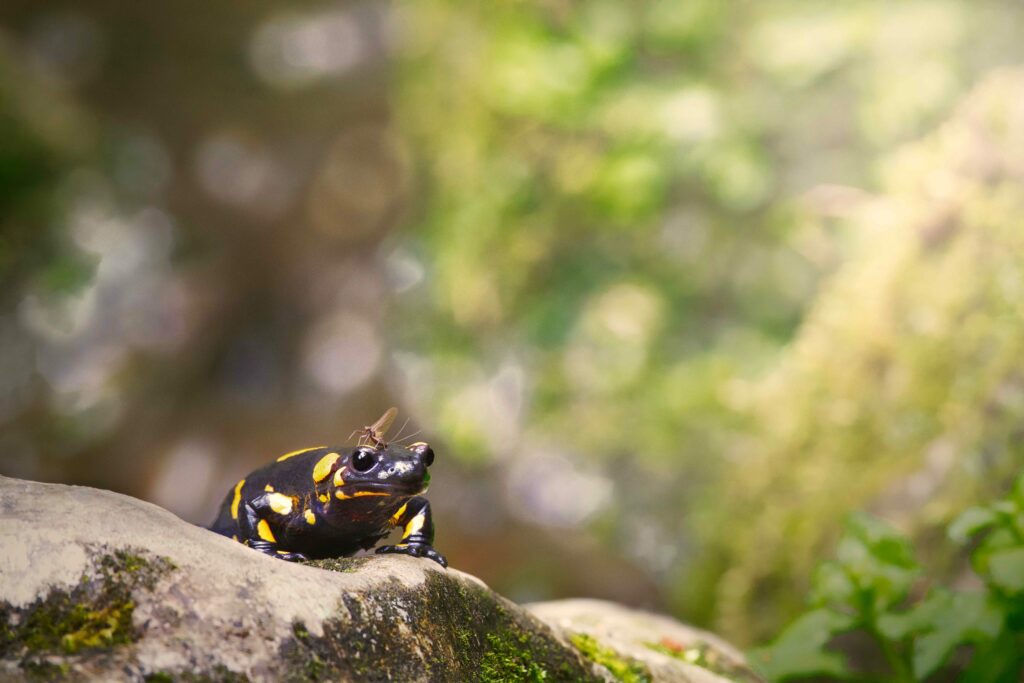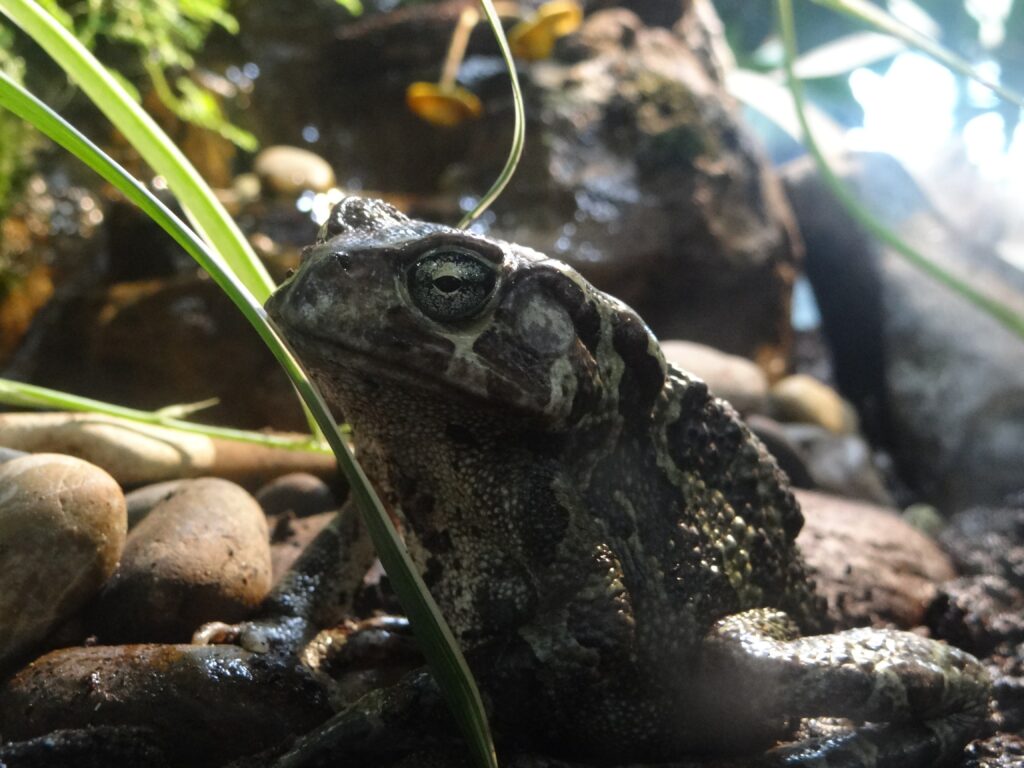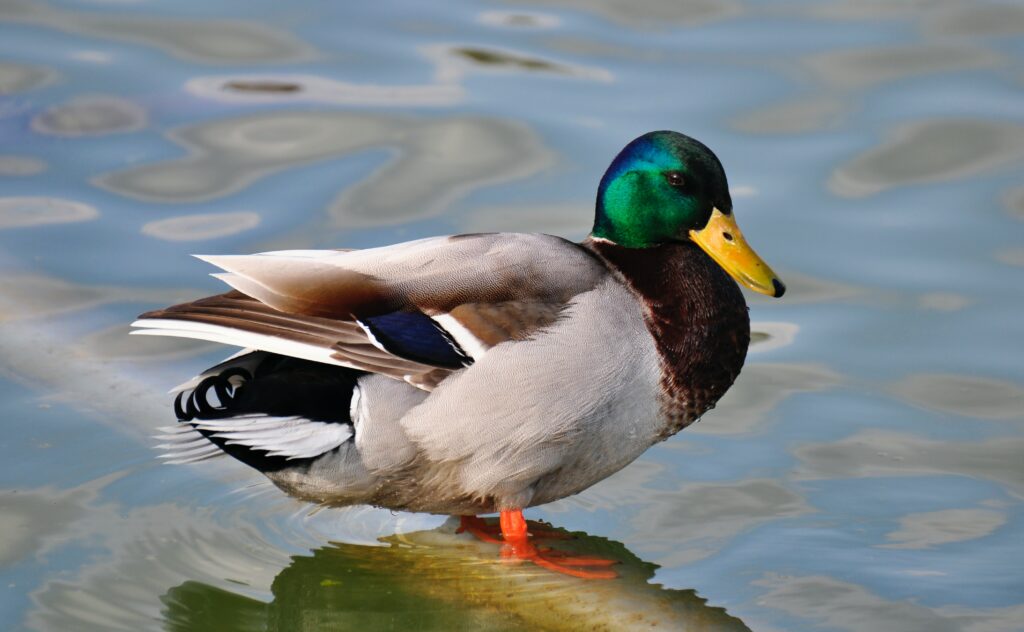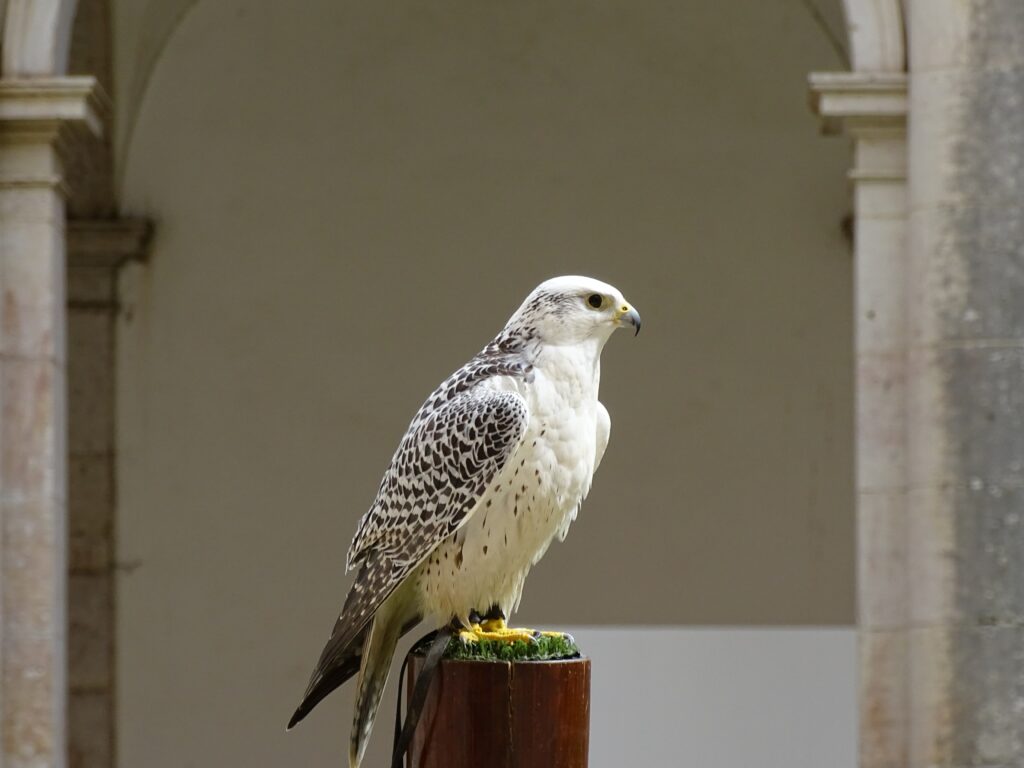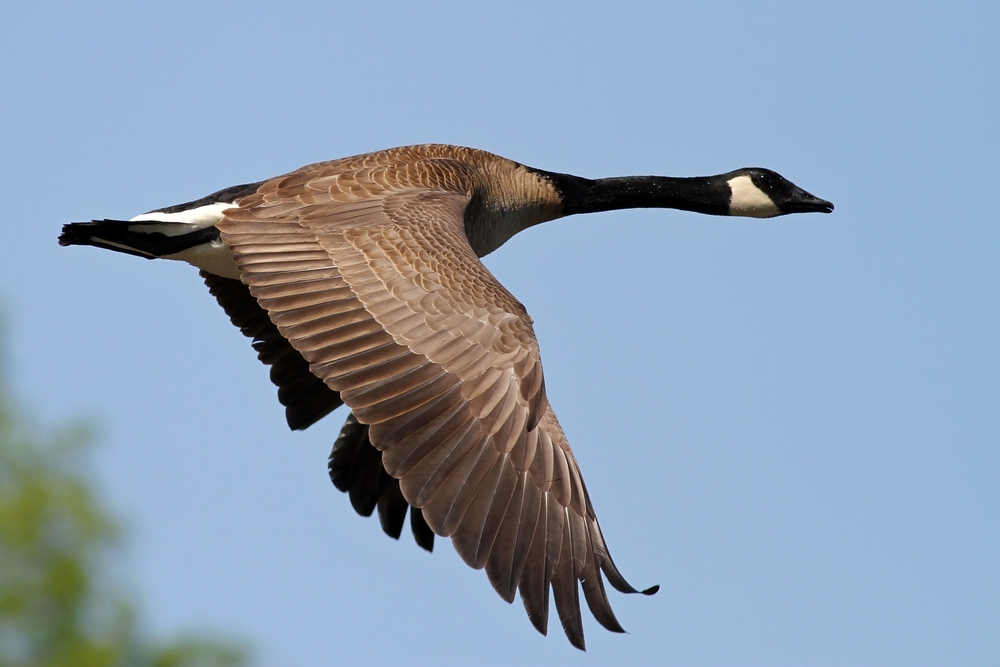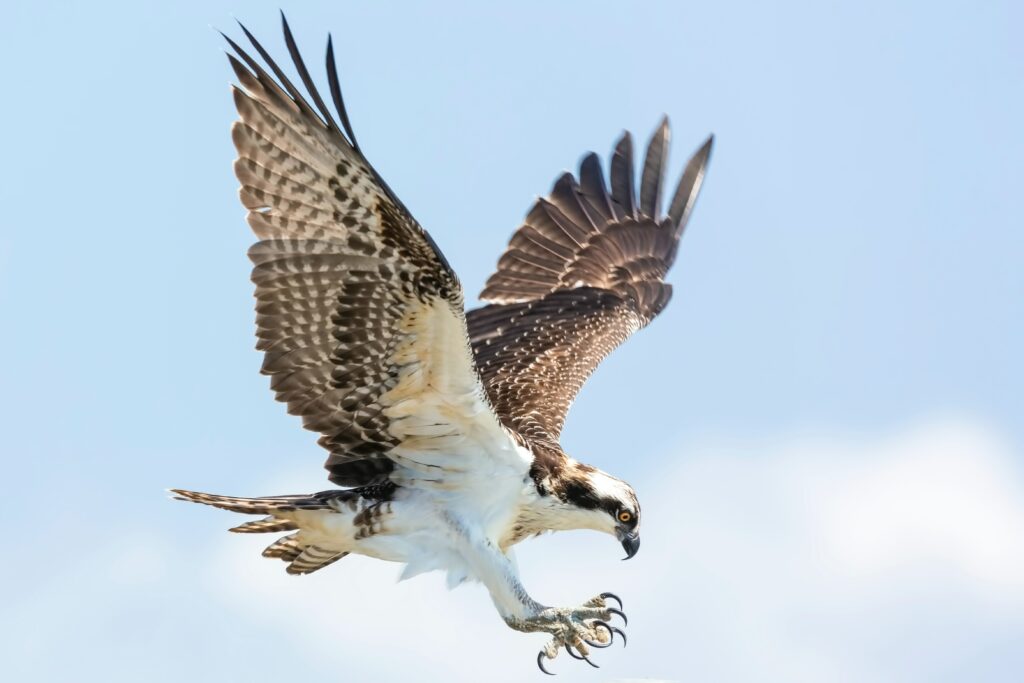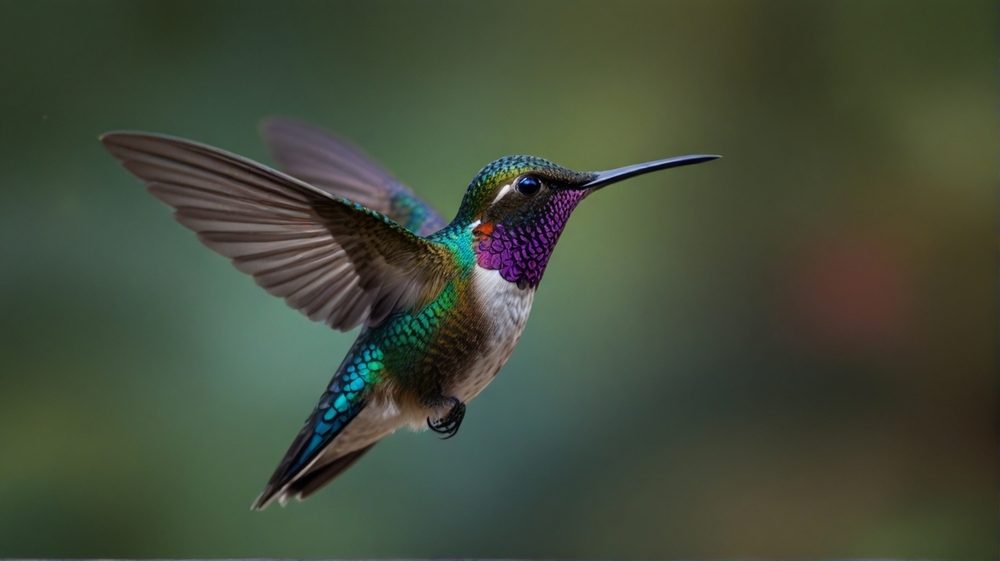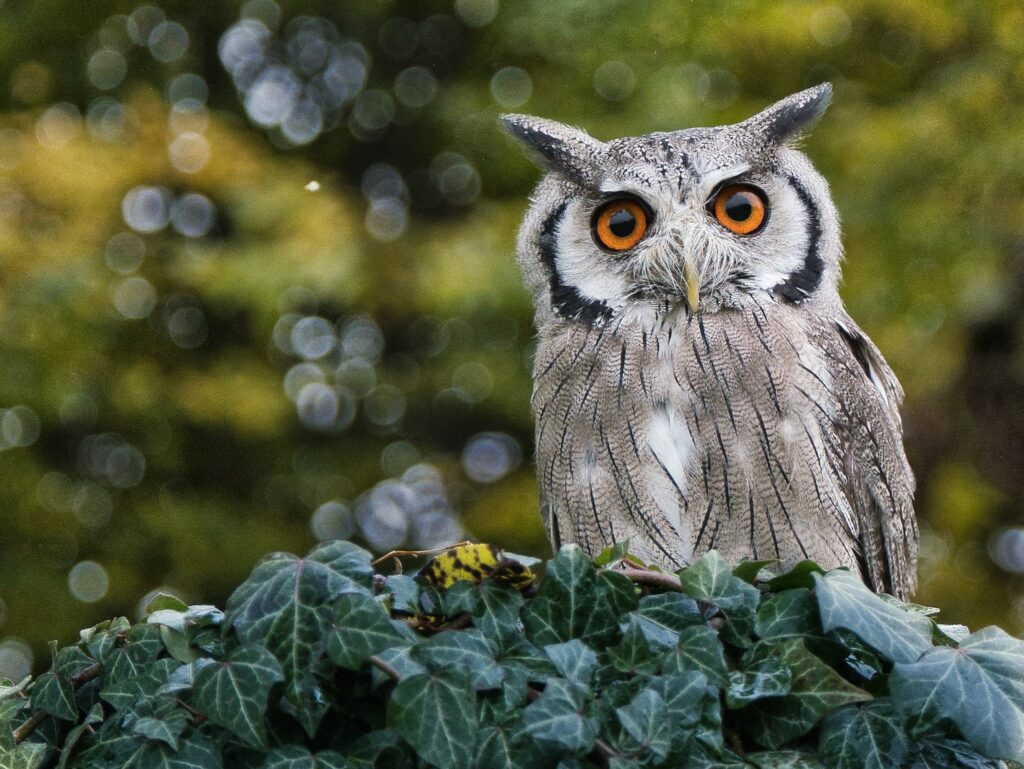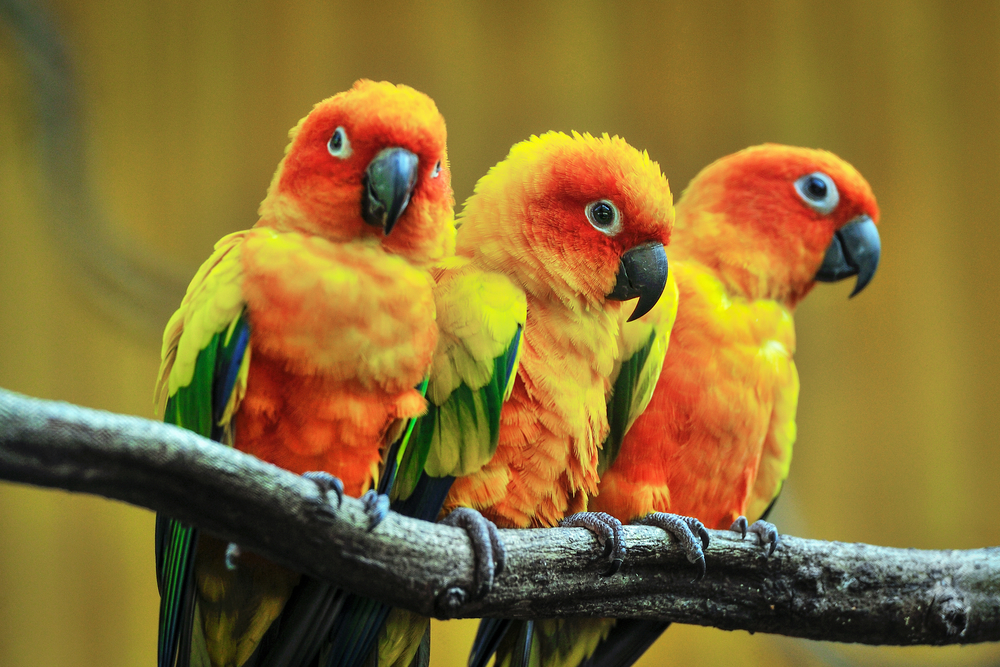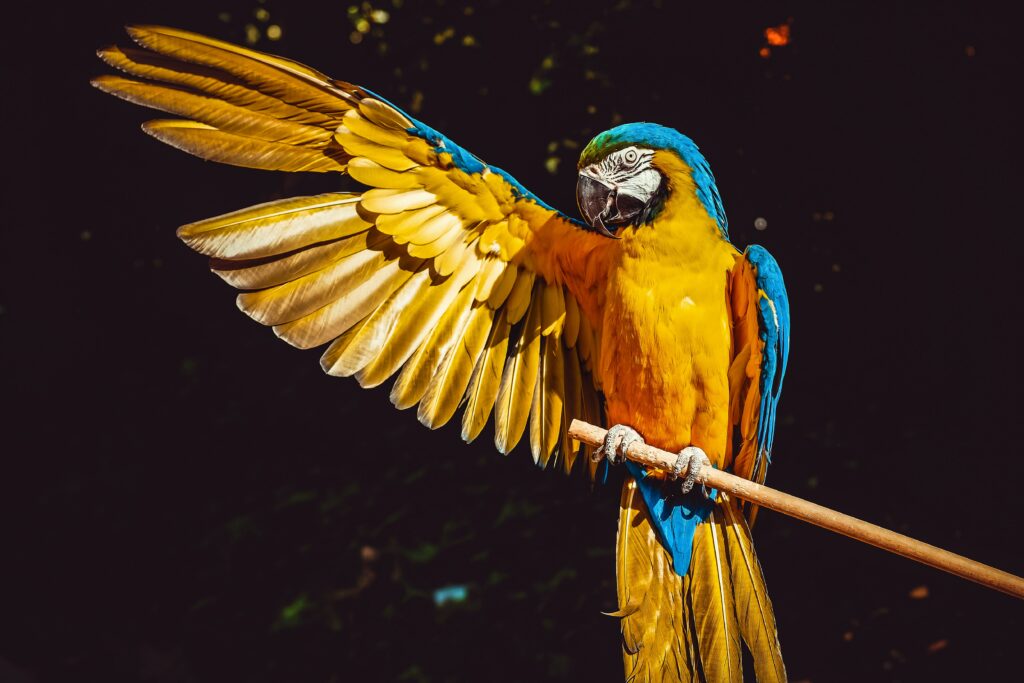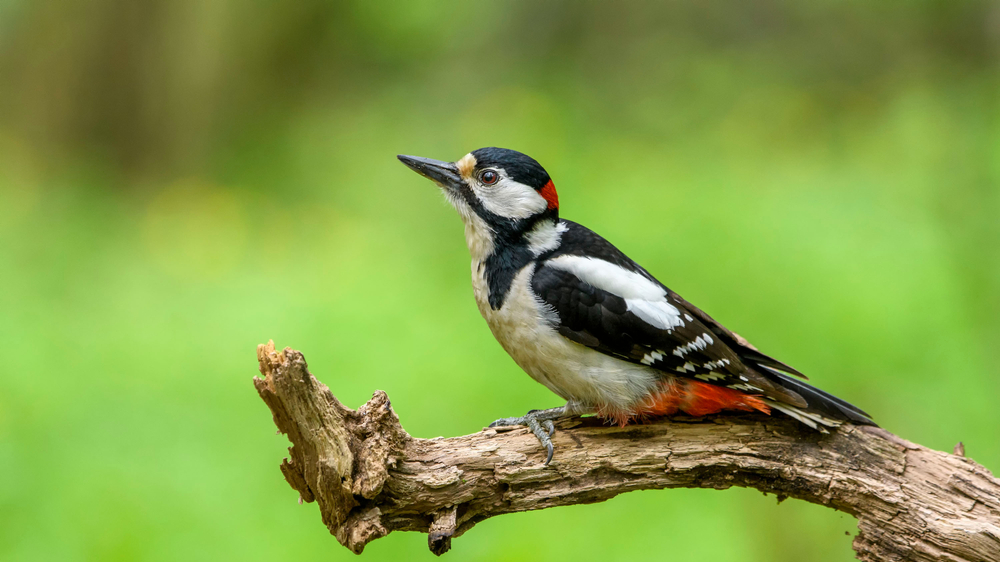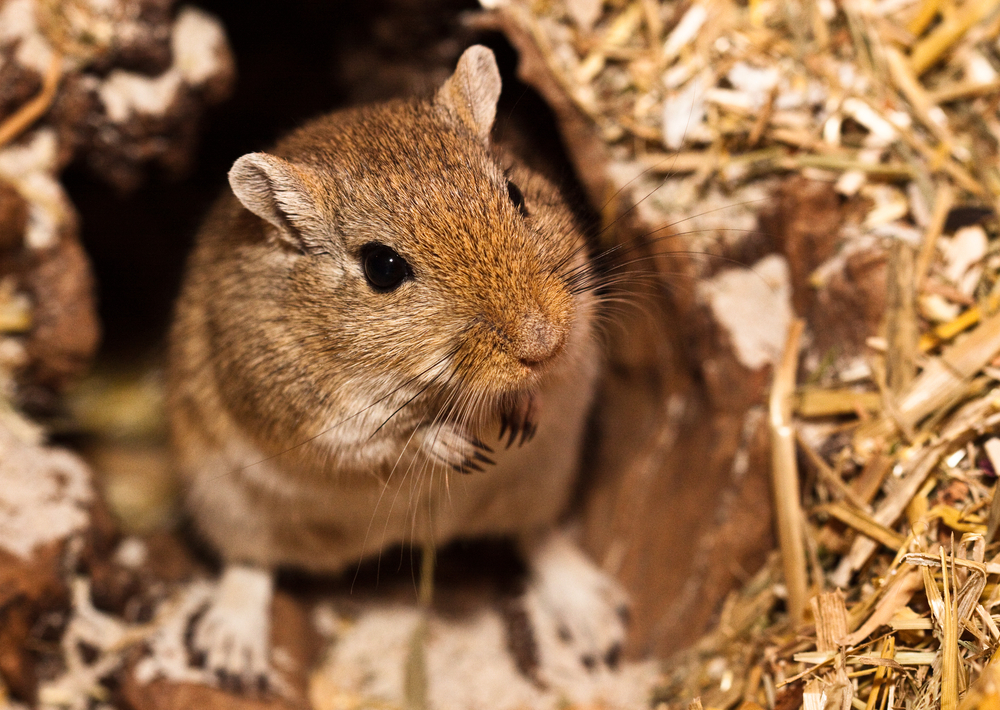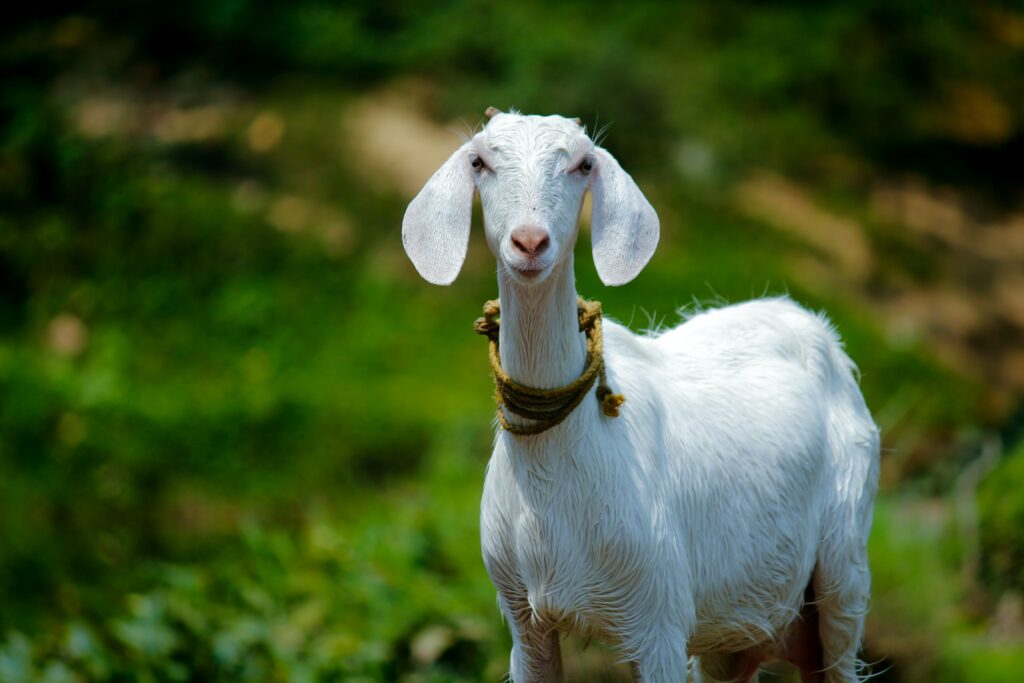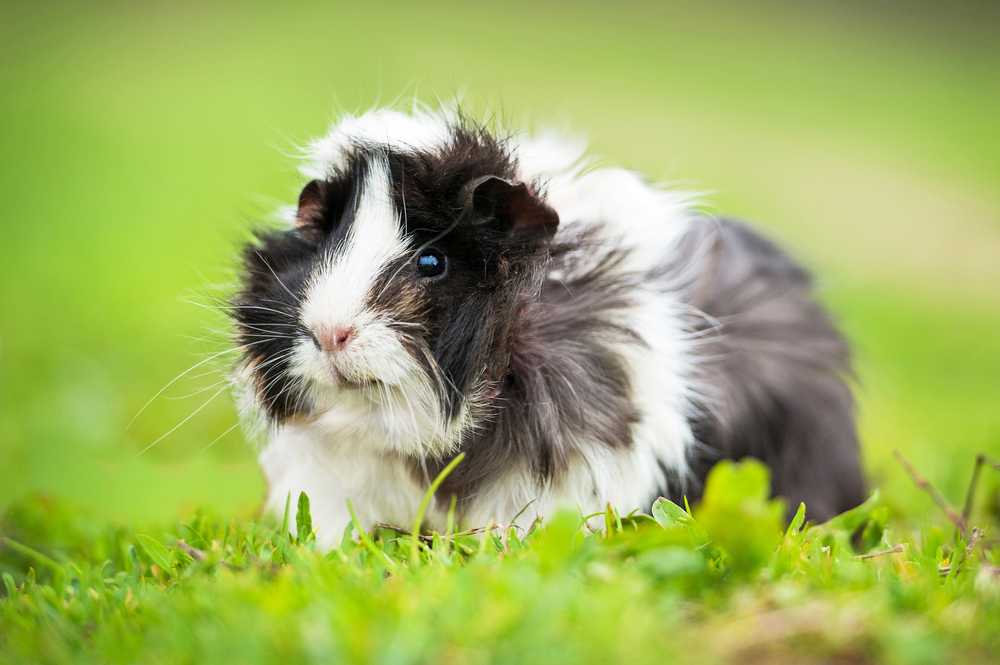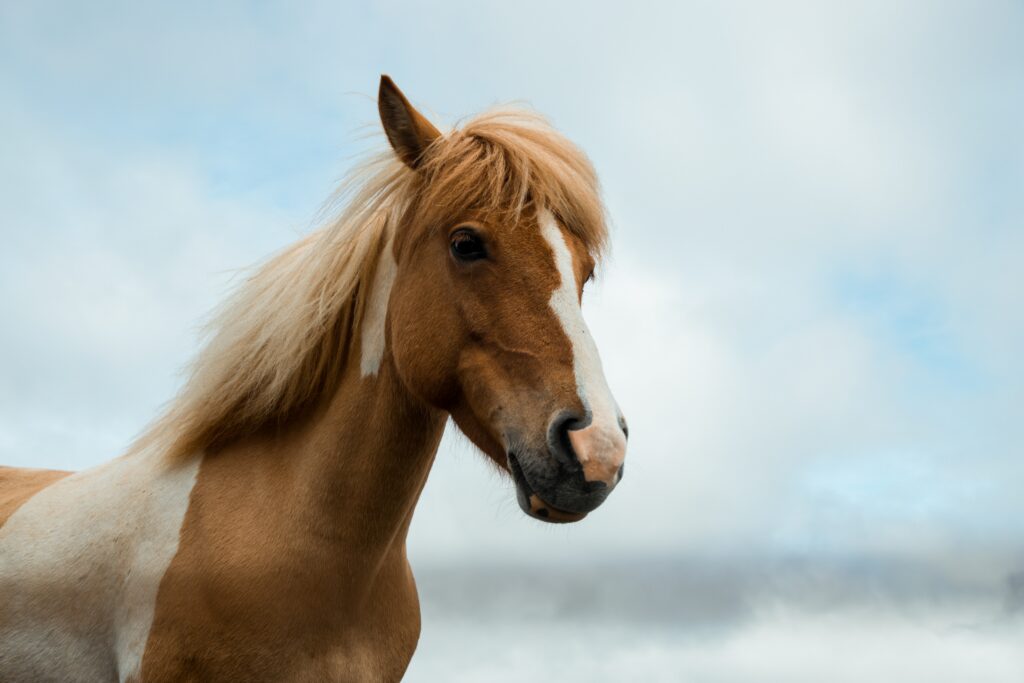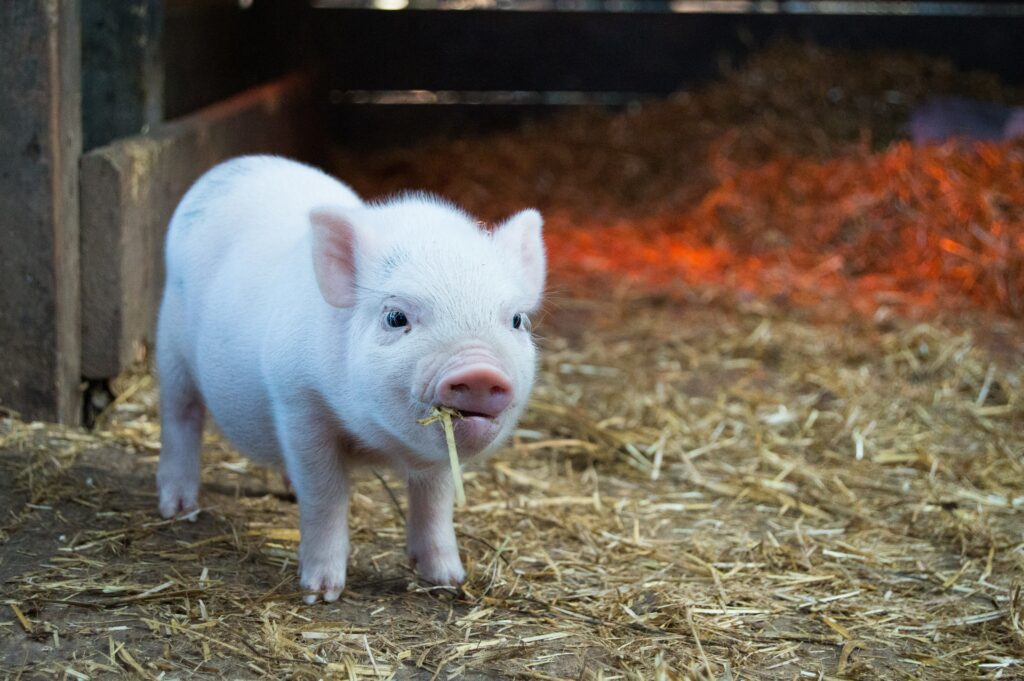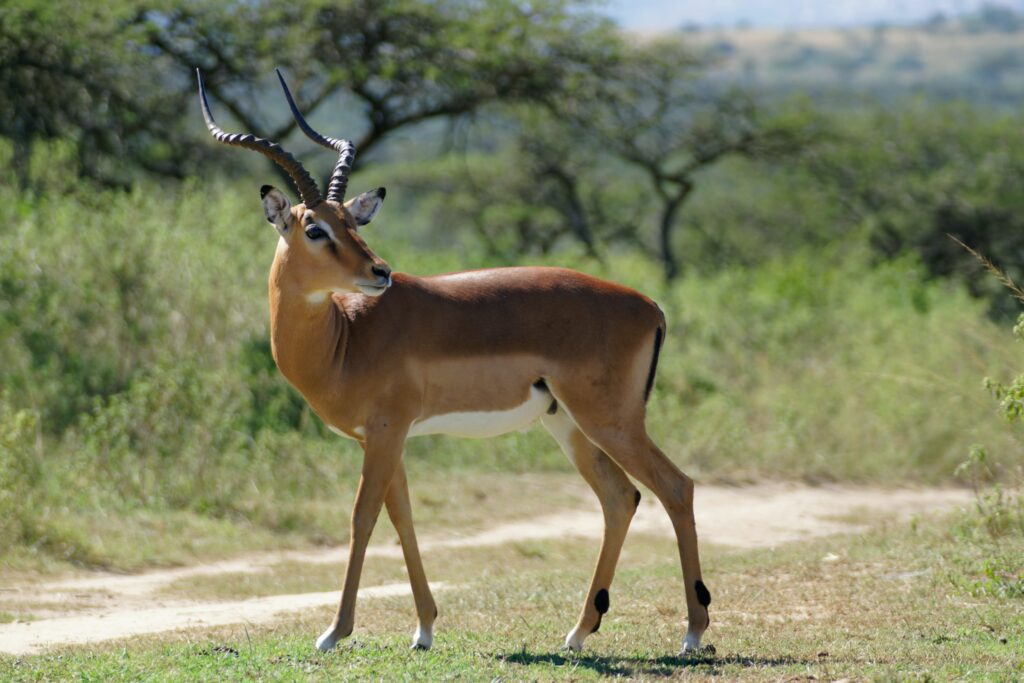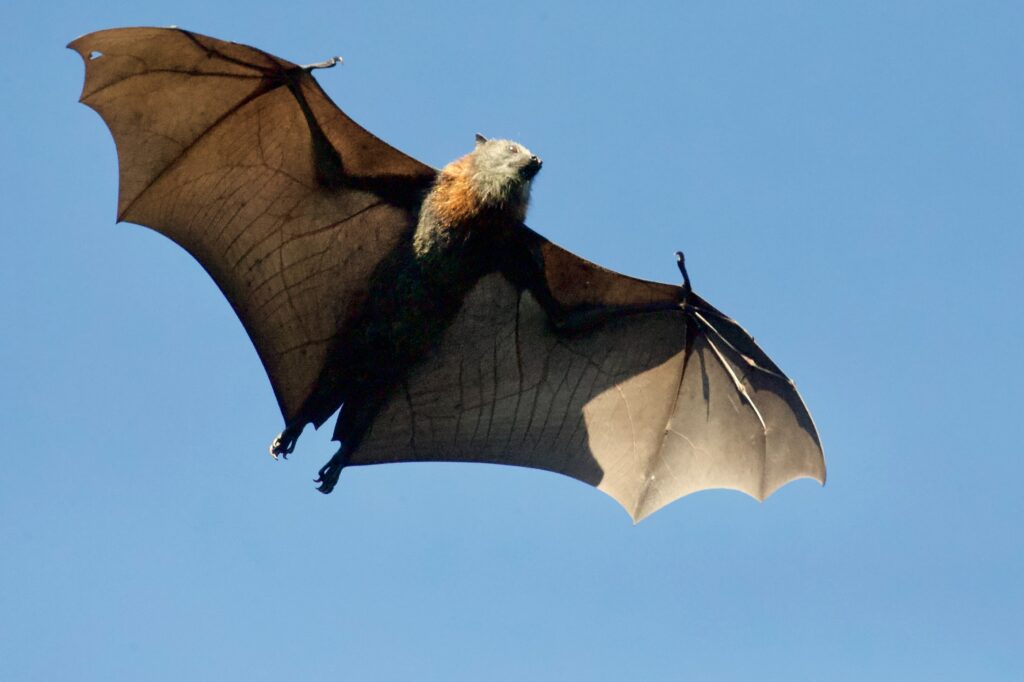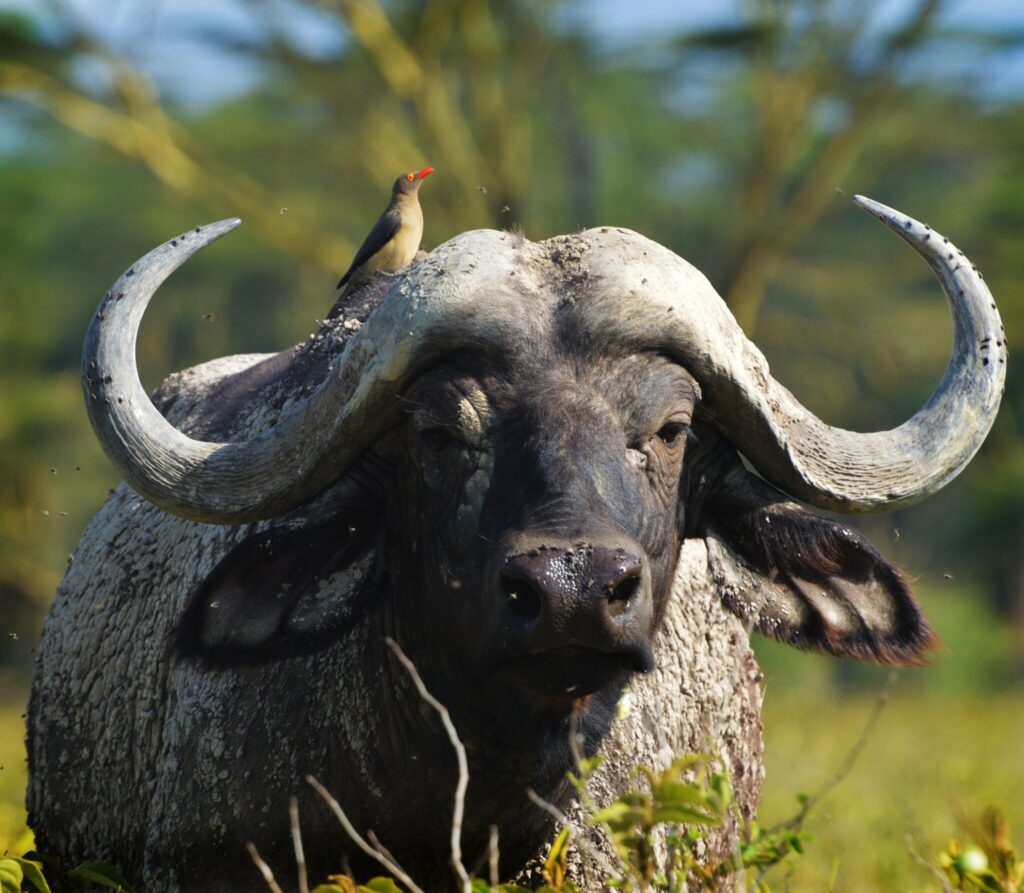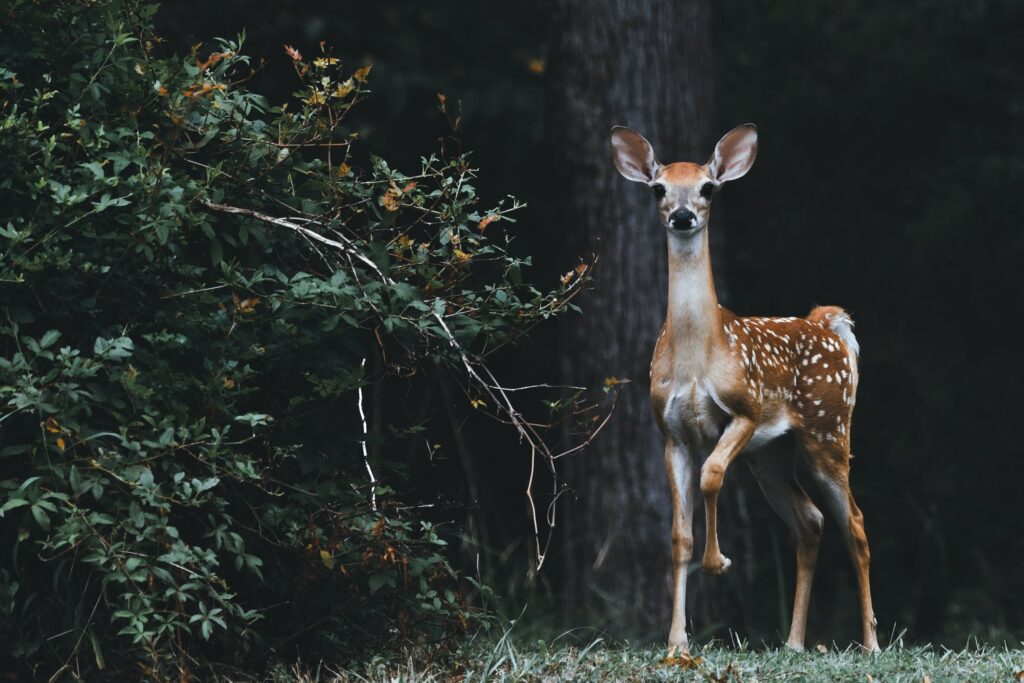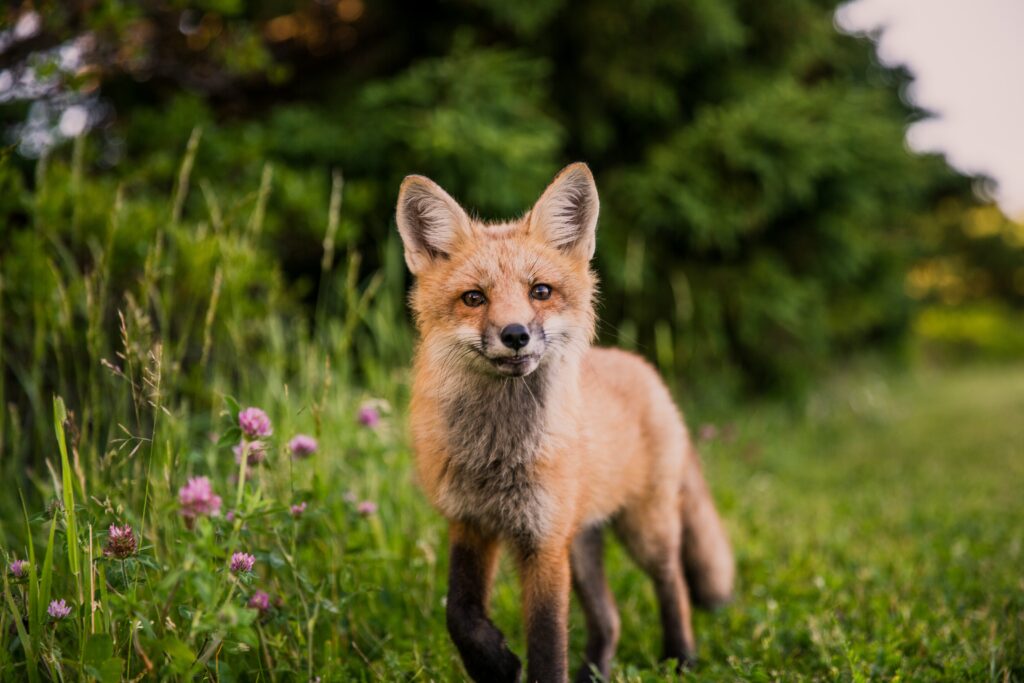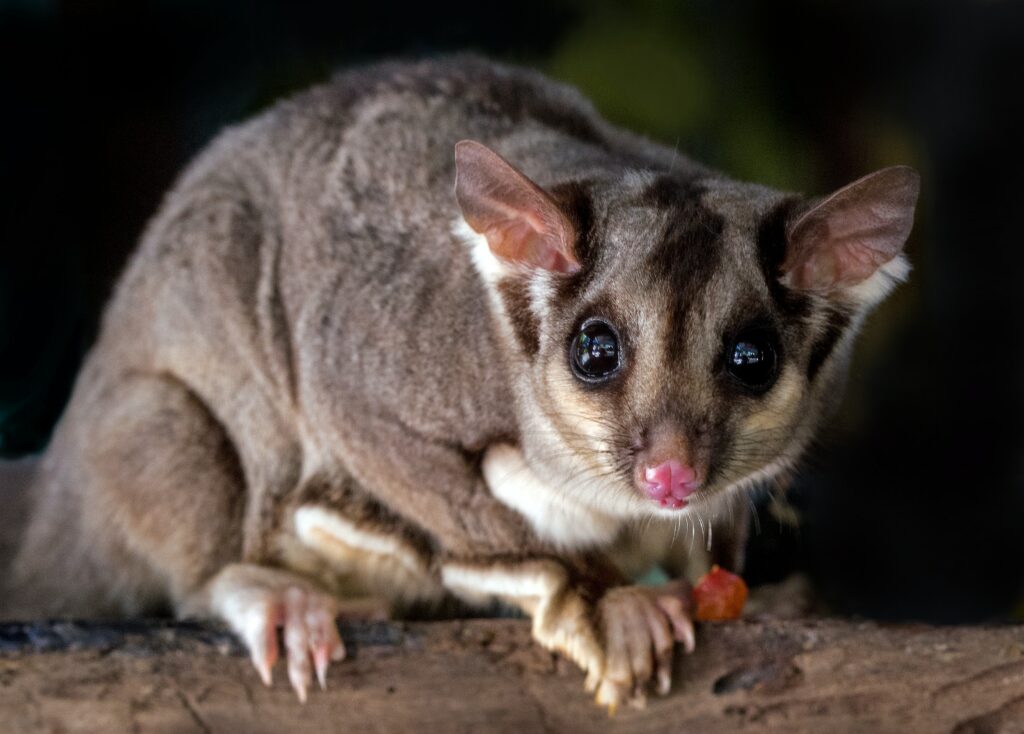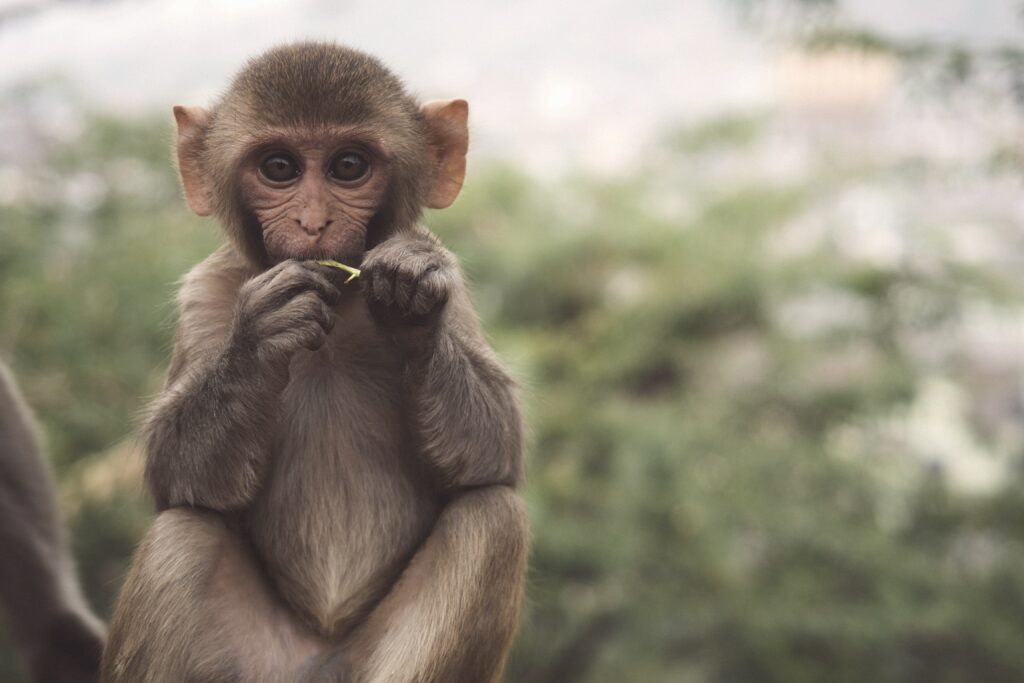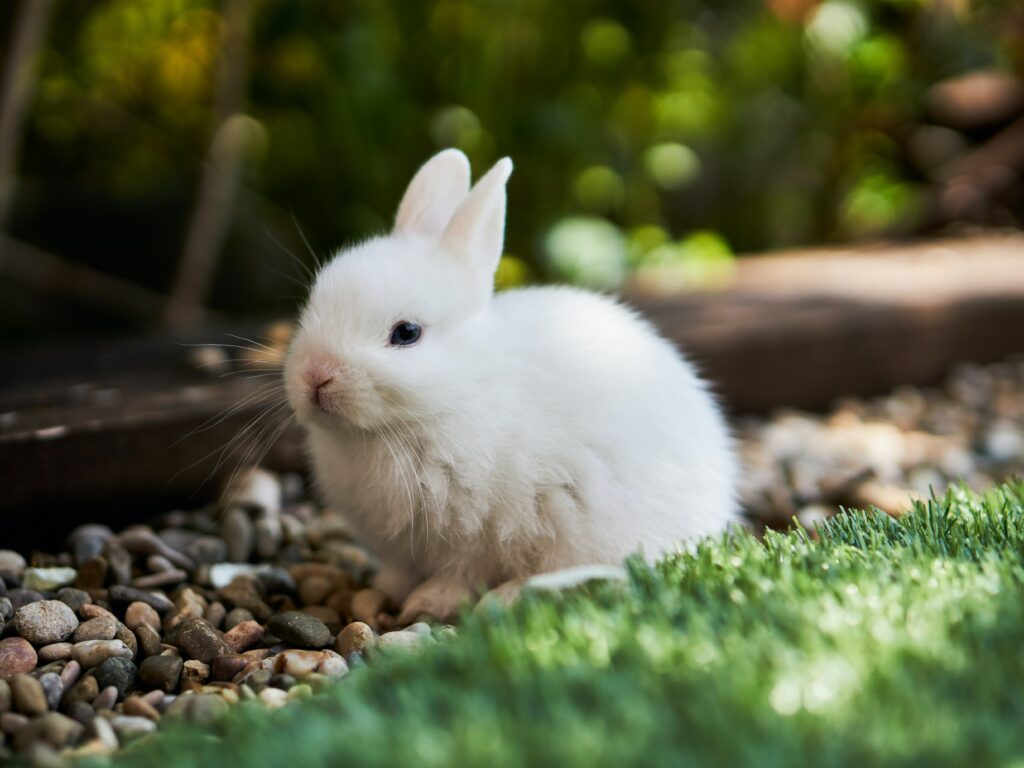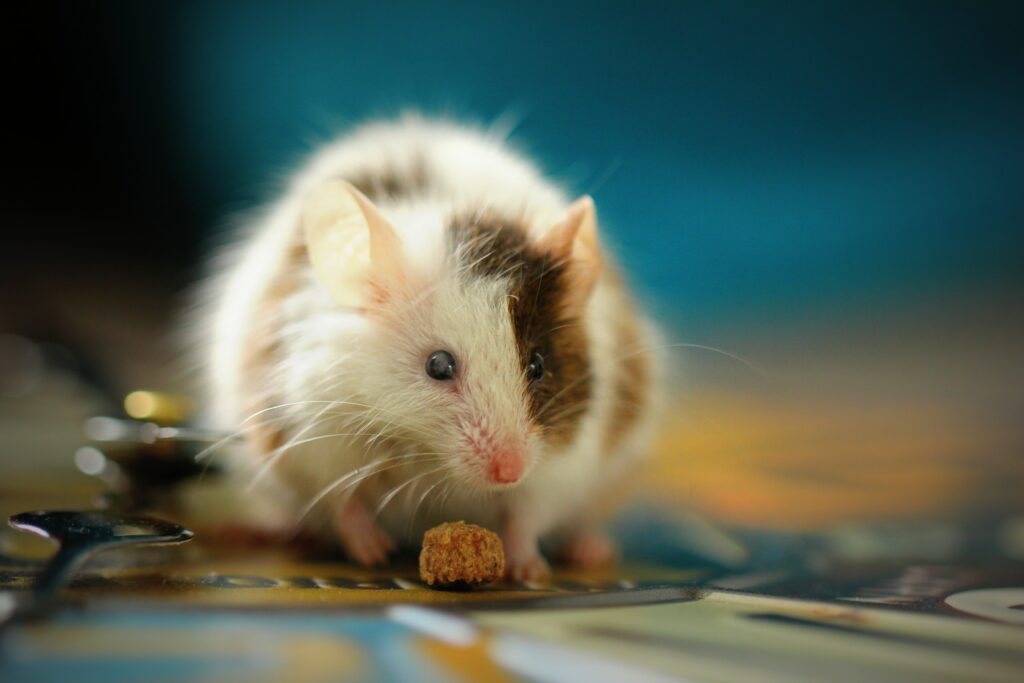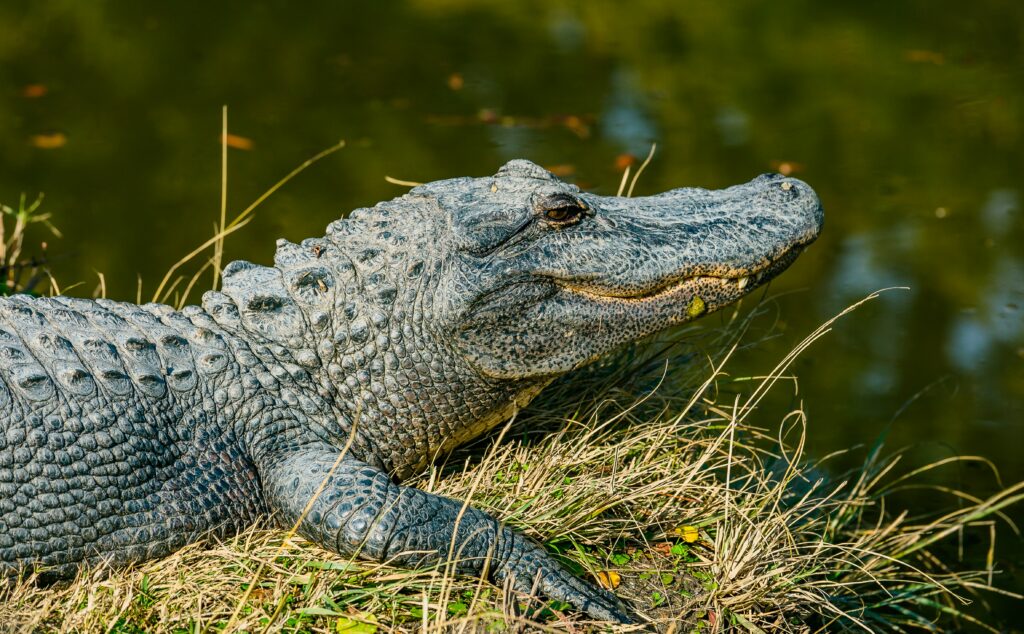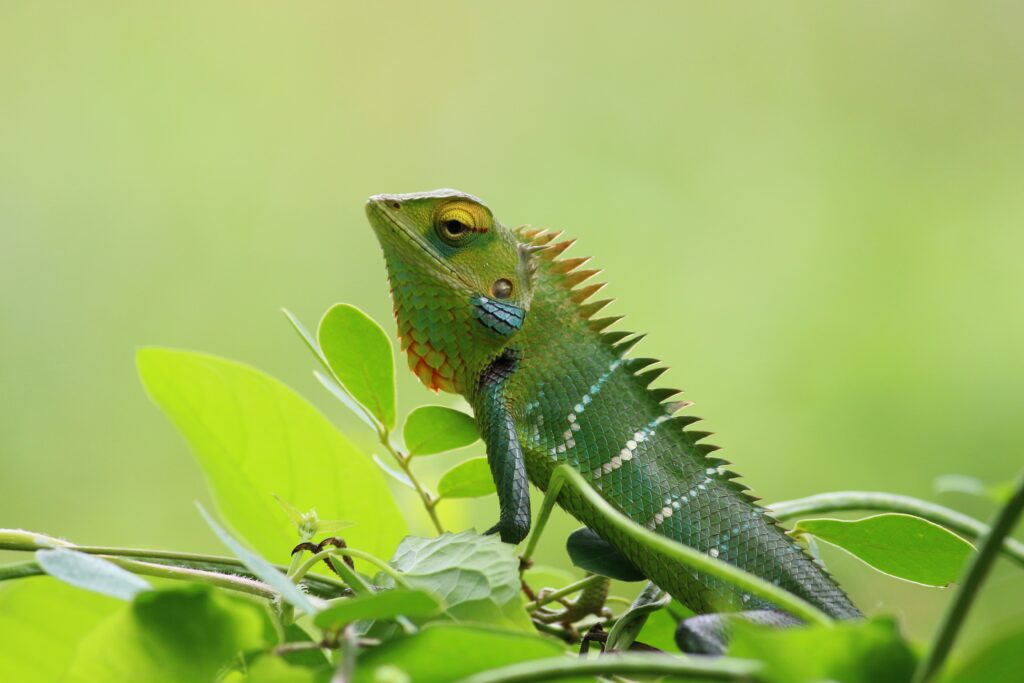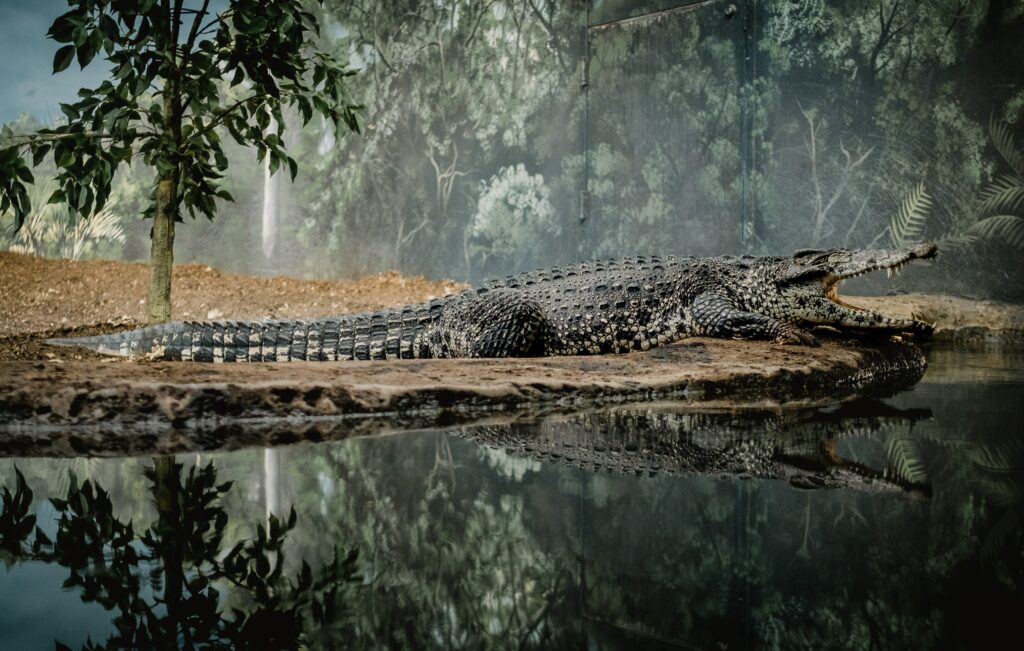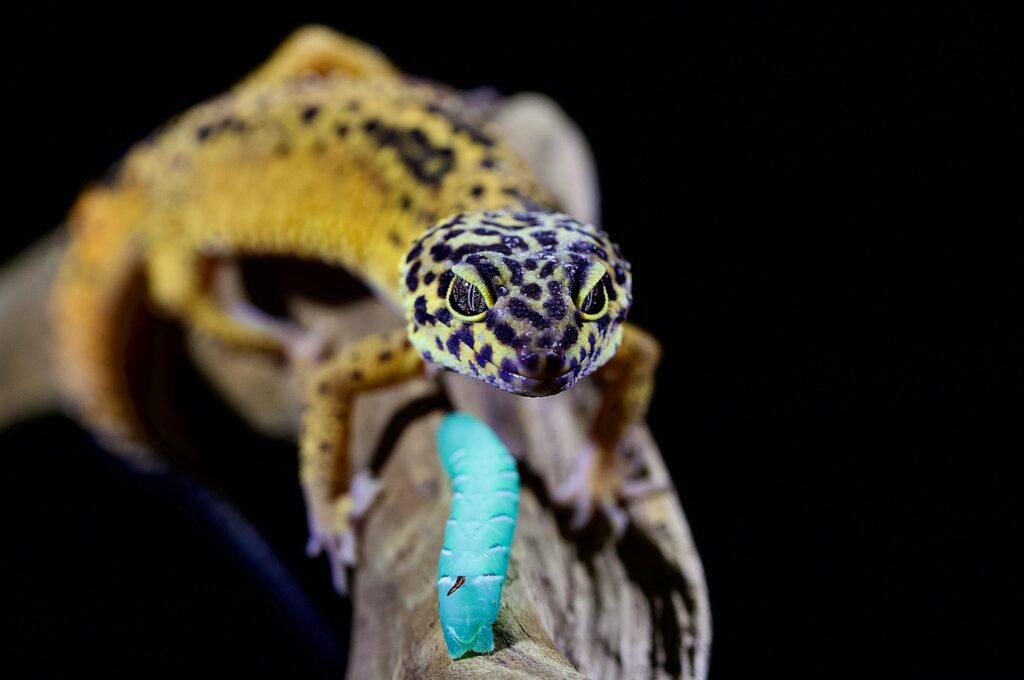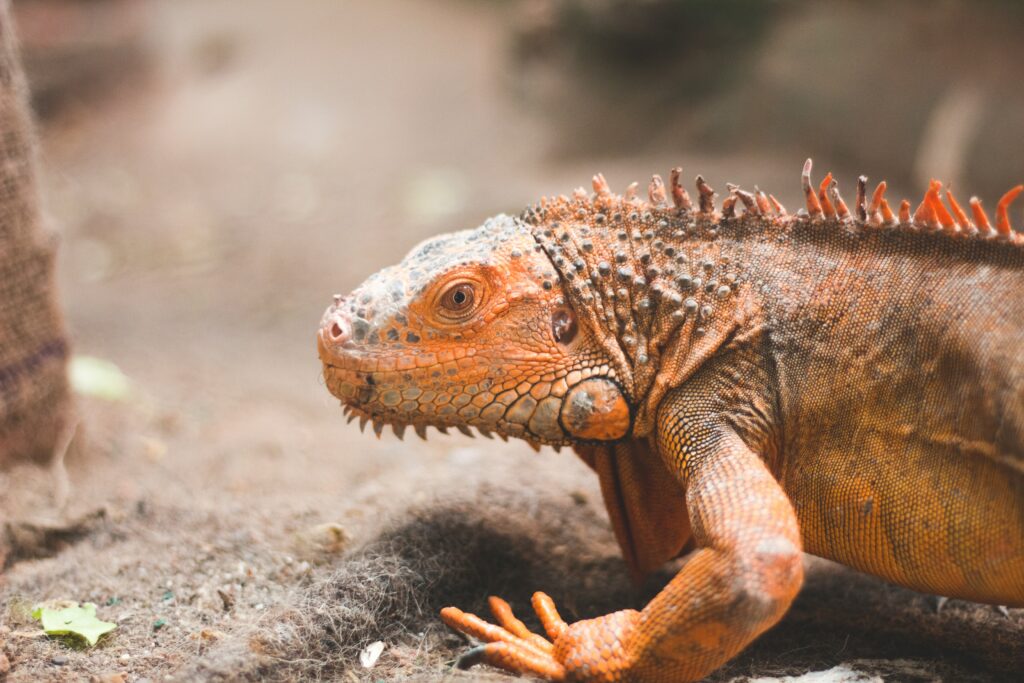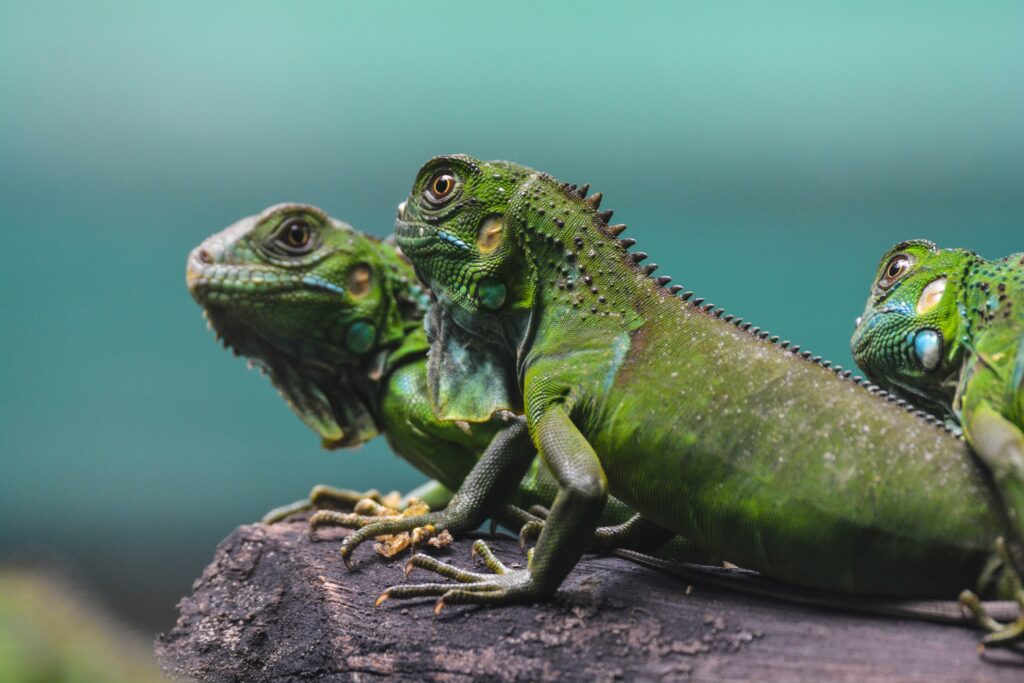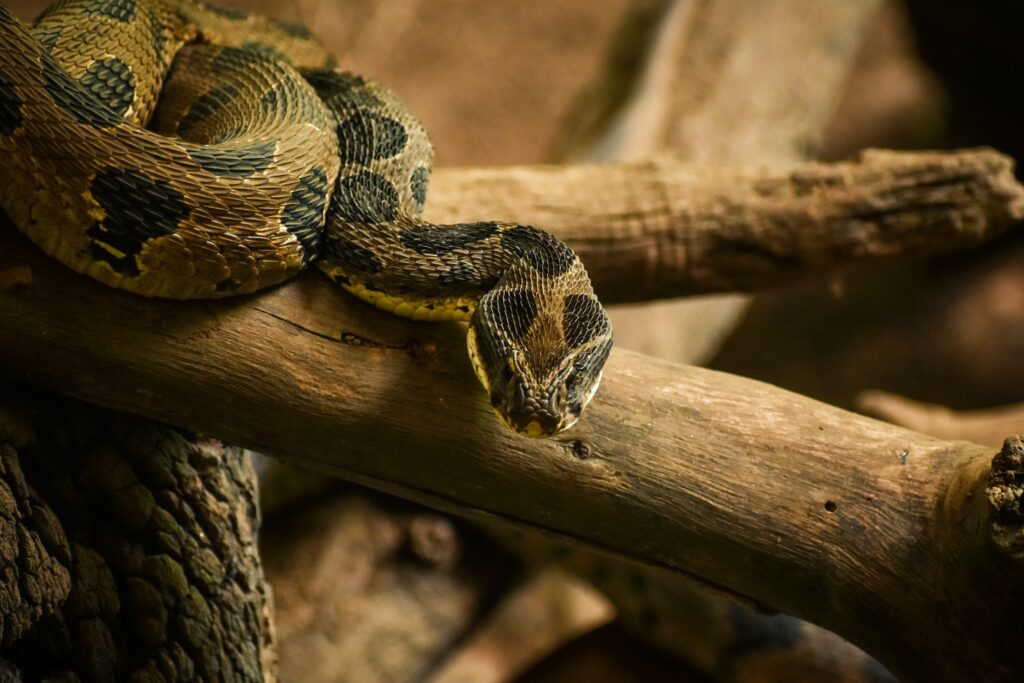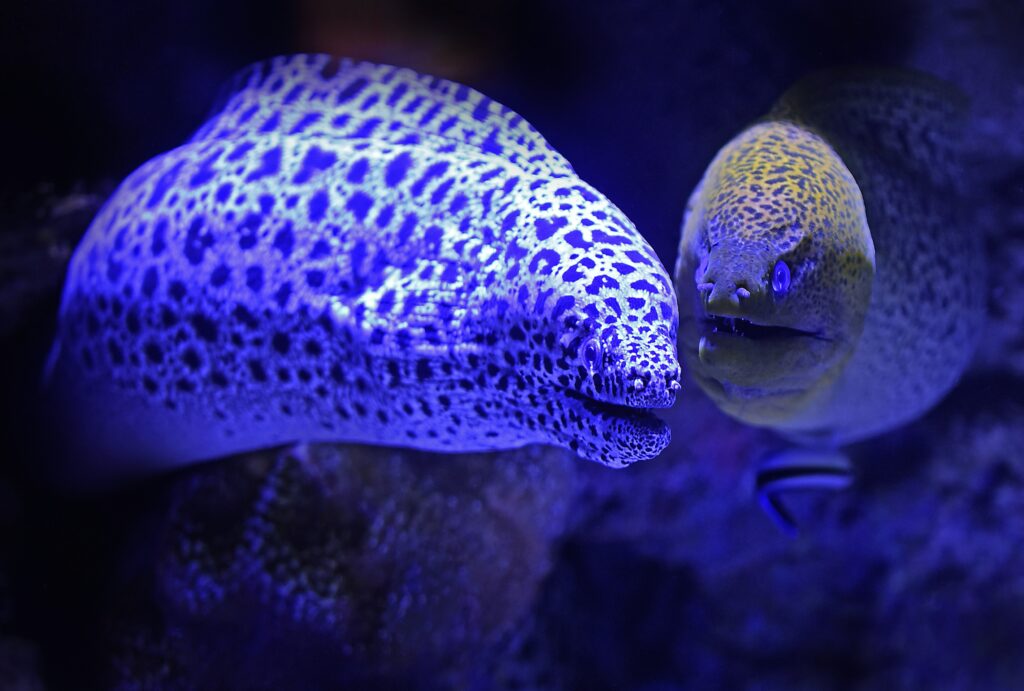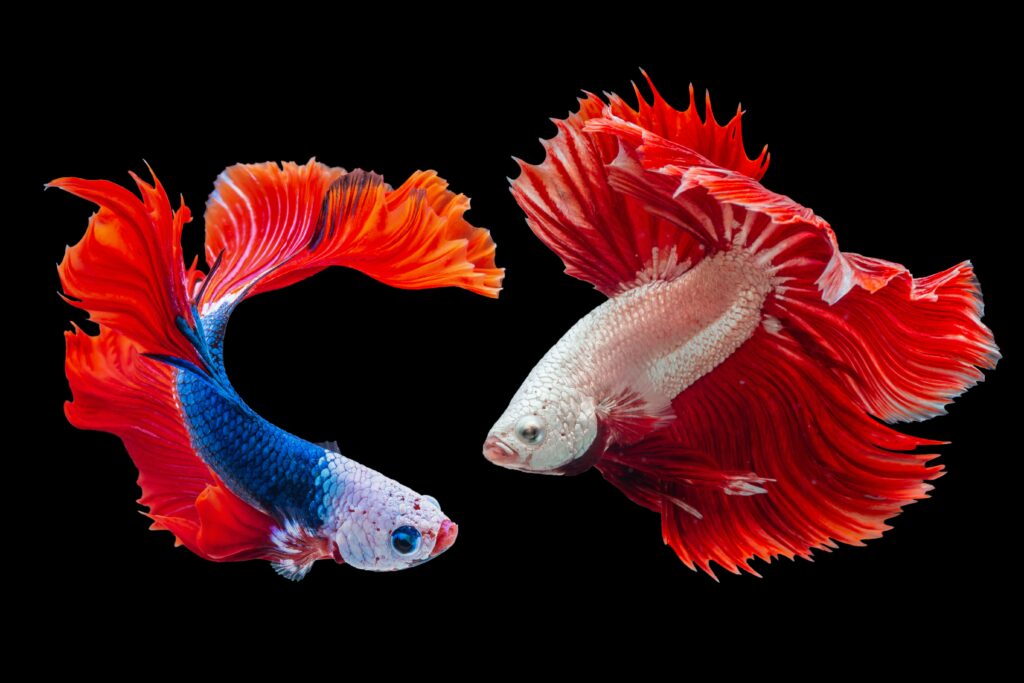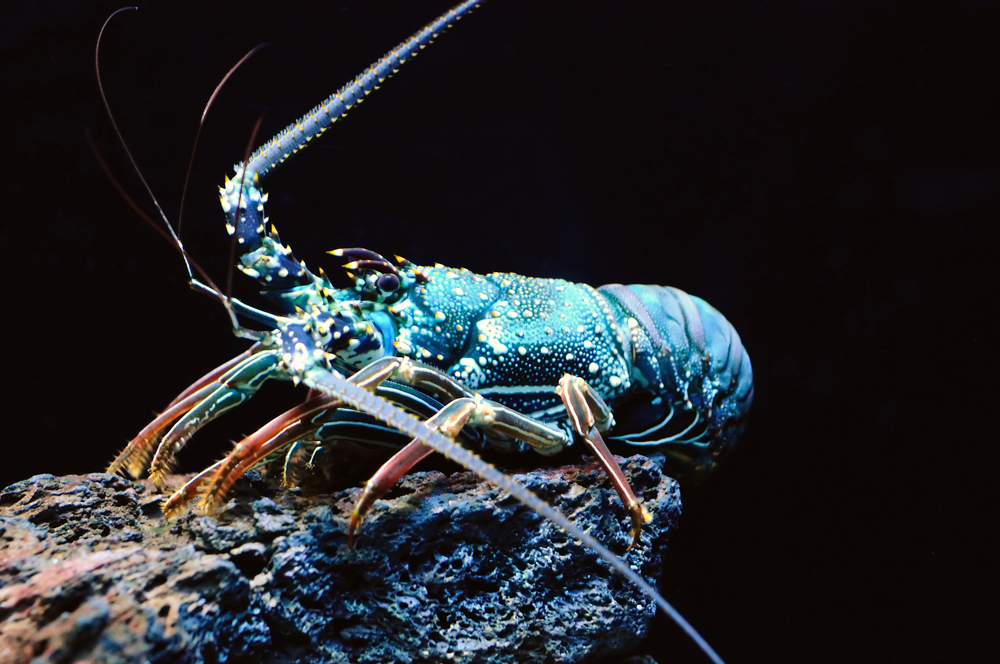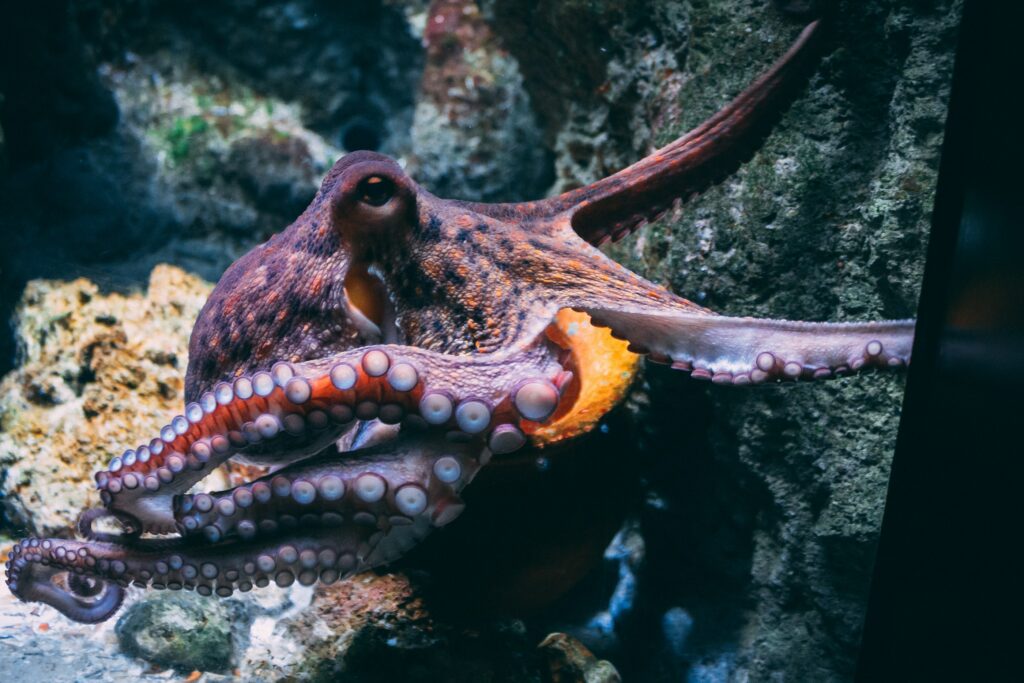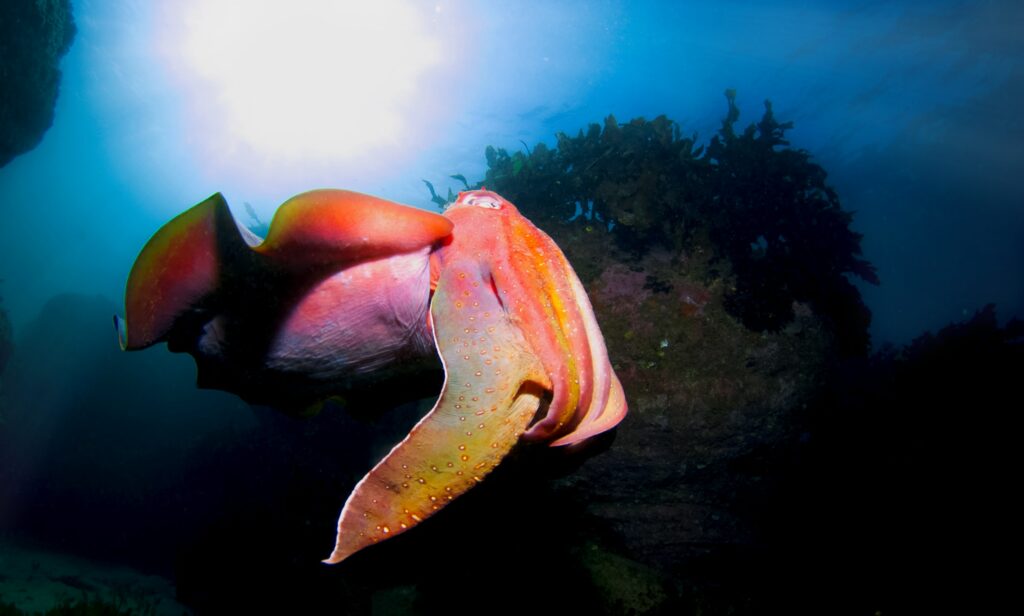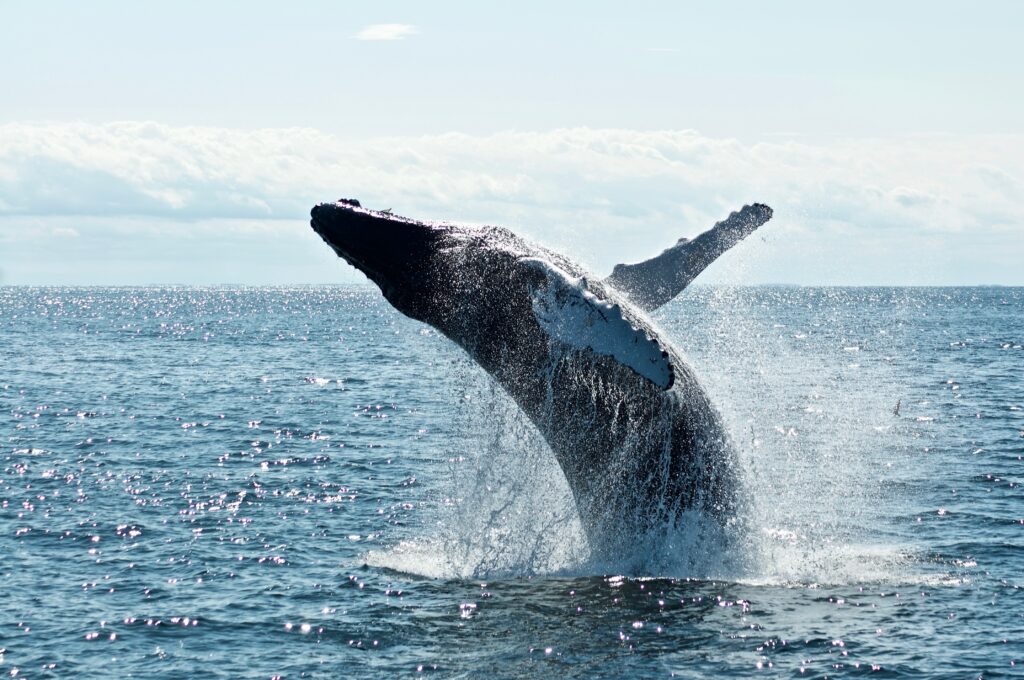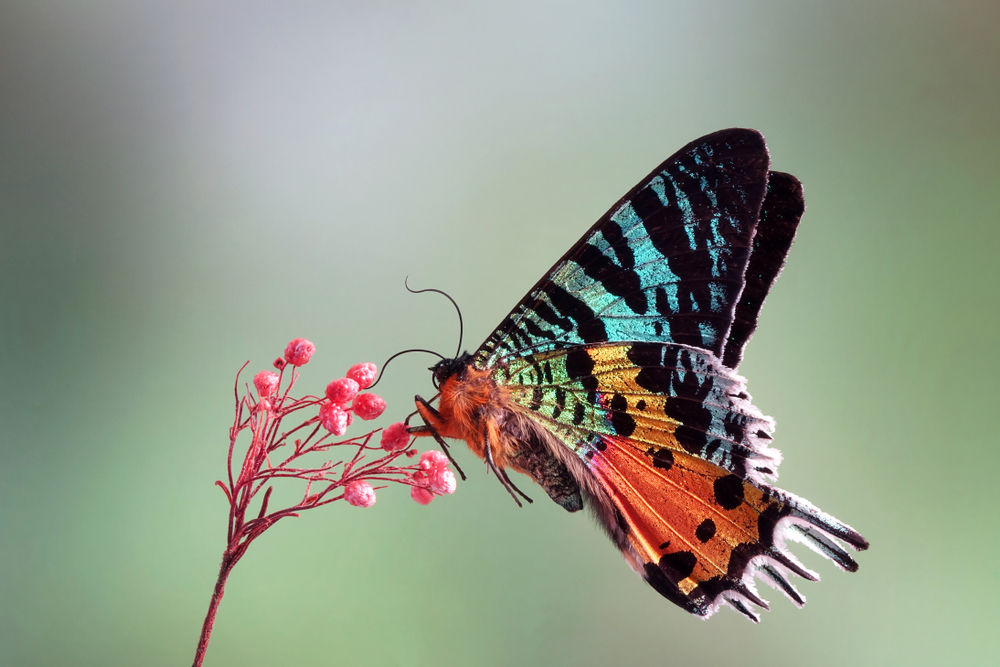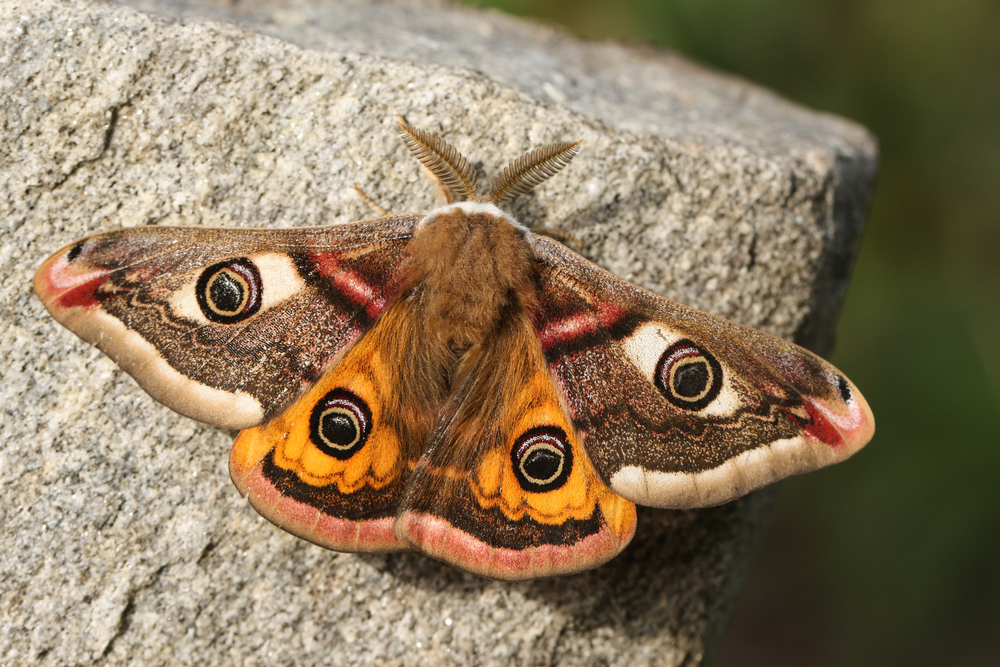The Madagascar Sunset Moth (Chrysiridia rhipheus) is part of the Uraniidae family, which includes several brightly colored, day-flying moths. Its closest relatives are other Chrysiridia species, though none rival its brilliance.
About
The Madagascar Sunset Moth (Chrysiridia rhipheus) is often regarded as one of the most beautiful insects in the world. Belonging to the family Uraniidae, this day-flying moth is native to Madagascar and is famed for its dazzling, iridescent wings that shimmer in shades of green, blue, red, orange, and black. Its wingspan ranges from 70 to 90 millimeters (2.7 to 3.5 inches), and each individual has unique wing patterns, making no two moths exactly alike.
The vibrant colors are not pigments but structural, created by microscopic scales that refract light—a phenomenon similar to that of butterfly wings and peacock feathers. This optical brilliance has made the moth a prized specimen among collectors and artists for centuries. Despite its breathtaking beauty, the species plays a critical ecological role in Madagascar’s forests.
The moth’s life cycle begins when females lay eggs on the leaves of Omphalea plants, which contain toxic compounds. The caterpillars, striped in red, white, and black, feed exclusively on these plants, accumulating toxins that make them unpalatable to predators. After pupating in tough silken cocoons hidden among leaves, the adults emerge with their striking colors.
Unlike many moths, the Madagascar Sunset Moth is active during the day, often mistaken for a butterfly as it flutters around flowers in search of nectar. Its strong association with the Omphalea genus means its distribution is tightly linked to the survival of these plants, making habitat conservation crucial.
Culturally, this moth has been celebrated in Malagasy art, fashion, and folklore, and it remains a symbol of the island’s biodiversity. It is not considered endangered, but localized habitat loss poses potential threats to its long-term stability.
Physical Characteristics
The Madagascar Sunset Moth (Chrysiridia rhipheus) is widely considered one of the most beautiful moths in the world, renowned for its dazzling, iridescent colors and butterfly-like appearance.
Wings: Its wingspan ranges from 3 to 4 in (7.5 to 11 cm). The wings display a brilliant spectrum of metallic greens, blues, oranges, reds, and purples, which shimmer in the sunlight. These vivid colors are not due to pigments but to microscopic scale structures that refract and reflect light. Both the forewings and hindwings carry striking black bands, and the hindwings have tails similar to those of swallowtail butterflies.
Body: The body is black with patches of iridescent green or blue scales that match the wing coloration. Its overall form is more slender than that of most moths, enhancing its resemblance to butterflies.
Antennae: Unlike butterflies’ clubbed antennae, the Madagascar Sunset Moth has thin, tapering antennae, a key feature that reveals its identity as a moth despite its butterfly-like flight and coloring.
Sexual Dimorphism: Males and females are similar in size and coloration, with only subtle differences, making them difficult to distinguish by appearance alone.
Caterpillars: The larvae are striking as well, with black bodies marked by bright orange-red spots along their sides and covered in branching black spines, giving them a fierce, armored look.
The Madagascar Sunset Moth’s vivid iridescence, swallowtail-like wings, and butterfly mimicry make it not only one of Madagascar’s most iconic insects but also one of the most visually stunning moths in the world.
Reproduction
The reproductive cycle of the Madagascar Sunset Moth (Chrysiridia rhipheus) is closely linked to Madagascar’s warm climate and the seasonal growth of its host plants.
Mating and Courtship: Adults are active during the day, unlike many moths, and courtship takes place in sunny conditions. Males locate females visually and through pheromone cues. Their vivid wing colors are thought to play a role in attracting mates.
Egg Laying: After mating, females lay small, round, pale eggs on the undersides of host plant leaves, primarily members of the Omphalea genus, which contain toxic compounds.
Larval Development: The caterpillars hatch after several days and are easily recognizable by their black bodies with bright red-orange spots and spiny projections. Feeding exclusively on Omphalea leaves, they ingest toxic compounds, which make both the larvae and the adults unpalatable to predators.
Pupation: When fully grown, the caterpillars spin loose silken cocoons among leaf litter or attached to sheltered vegetation. Inside, they transform into pupae, camouflaged in earthy tones.
Adult Emergence: After pupation, adults emerge with their brilliant iridescent wings. Their primary purpose is reproduction, and like many day-flying moths, they are active nectar feeders, fueling their search for mates.
The Madagascar Sunset Moth’s reproductive cycle is adapted to its restricted range in Madagascar, with host plant dependence and chemical defense mechanisms ensuring survival of both larvae and adults in their natural environment.
Lifespan
The Madagascar Sunset Moth (Chrysiridia rhipheus) has a life cycle typical of large, day-flying moths, but its dependence on Madagascar’s Omphalea plants shapes its survival.
Egg Stage: Eggs hatch within about 7 to 10 days, depending on temperature and plant availability.
Larval Stage: The caterpillar stage lasts 5 to 6 weeks. During this time, the larvae feed exclusively on Omphalea leaves, growing quickly and storing toxic compounds from their diet for defense.
Pupal Stage: Pupation occurs inside a loose cocoon hidden in leaf litter or low vegetation. This stage lasts 2 to 3 weeks in favorable conditions.
Adult Stage: Adults typically live 2 to 3 weeks. Unlike many moths, they feed actively on nectar during this time, which sustains their energy for reproduction and long-distance flight. Their day-flying habits and bright colors make them highly visible.
Overall Life Cycle: From egg to adult, the entire cycle lasts about 2 to 3 months. In Madagascar’s tropical climate, multiple generations can occur each year, ensuring stable population renewal.
The Madagascar Sunset Moth’s relatively short adult life is balanced by its ability to produce several broods annually, while its toxic plant diet provides both larvae and adults with chemical protection from predators.
Eating Habits
The Madagascar Sunset Moth (Chrysiridia rhipheus) has distinct feeding habits between its larval and adult stages, with both linked to survival strategies that make the species successful.
Larvae (Caterpillars): Caterpillars feed exclusively on plants of the Omphalea genus, which contain toxic alkaloids. By ingesting these toxins, the larvae become distasteful to predators. Their warning coloration—black with red-orange spots and spines—signals this chemical defense. This strict diet makes Omphalea plants critical to the moth’s life cycle and distribution.
Pupae: During pupation, no feeding occurs. Energy reserves stored from the larval stage sustain the insect until adulthood.
Adults: Unlike many moths that do not feed, the Madagascar Sunset Moth actively consumes nectar from a wide range of flowers. With its long proboscis, it hovers at blossoms in bright daylight, much like a butterfly. Nectar provides the energy needed for strong flight and reproduction.
Role in Ecosystem: As adults, they act as important pollinators for numerous Malagasy plants. Their dependence on nectar, combined with their bright coloration and day-flying behavior, also makes them highly visible agents in pollination networks.
The Madagascar Sunset Moth’s specialized larval diet and active adult nectar-feeding distinguish it from many other moths, balancing chemical defense with ecological contribution as a pollinator.
Uniqueness
The Madagascar Sunset Moth (Chrysiridia rhipheus) is celebrated as one of the most dazzling insects on Earth, with features that make it truly exceptional.
Iridescent Coloration: Its wings shimmer with green, blue, orange, red, and purple shades created not by pigments, but by microscopic scales that refract and reflect light. This structural coloration gives the moth its “sunset” glow.
Butterfly Mimicry: With its swallowtail-like hindwings and vivid colors, it is often mistaken for a butterfly. Unlike most moths, it flies by day and feeds actively on nectar, enhancing this resemblance.
Endemic to Madagascar: This species exists only in Madagascar, making it a symbol of the island’s unique biodiversity. Its range is tightly tied to Omphalea plants, which are also endemic.
Chemical Defense: By feeding on toxic Omphalea leaves, the caterpillars absorb defensive compounds that persist into adulthood, making both larvae and adults unpalatable to predators. Their bold caterpillar coloration warns of this toxicity.
Cultural Significance: The moth is so admired for its beauty that its wings are often used in Malagasy art, jewelry, and souvenirs, though this has led to conservation concerns.
Scientific Importance: The Sunset Moth is frequently cited as one of the best examples of structural coloration in nature, studied for its optical properties and its role in inspiring materials science.
The Madagascar Sunset Moth’s unmatched brilliance, ecological specialization, and butterfly-like qualities make it one of the most unique and iconic moths in the world.
Be the First to Share Photos of This Species.
FAQ’s
1. What species is closest to the Madagascar Sunset Moth?
2. How does the Madagascar Sunset Moth compare to other species in the same family?
Compared to other uraniid moths, the Sunset Moth is larger, more vividly colored, and more butterfly-like in appearance. While many uraniids show iridescence, this species is considered the most spectacular and is one of the few often mistaken for a butterfly.
3. What national parks provide the best opportunities to see a Madagascar Sunset Moth?
In Madagascar, the best chances to see this moth are in reserves and parks where Omphalea plants grow. Key areas include Ankarana Special Reserve, Montagne d’Ambre National Park, and Masoala National Park.
4. In what parts of the world can you find a Madagascar Sunset Moth?
This species is endemic to Madagascar and found nowhere else in the wild. Its distribution is closely tied to the presence of its larval host plants, the Omphalea genus.
5. How many types of Madagascar Sunset Moth are there?
There is only one recognized species, Chrysiridia rhipheus. However, the Uraniidae family contains many related moths worldwide, particularly in tropical regions, though none match the Sunset Moth’s size and radiance.
